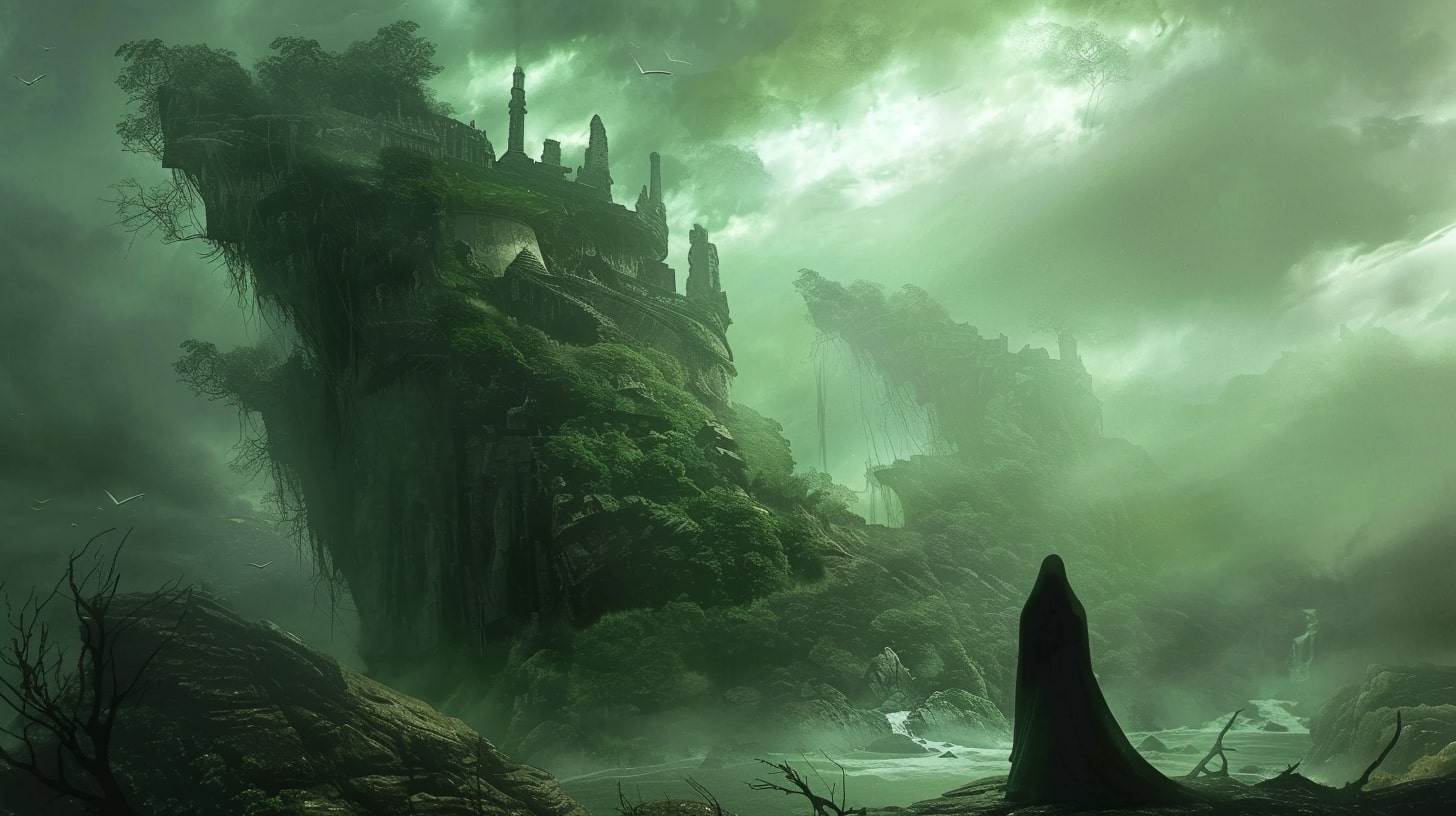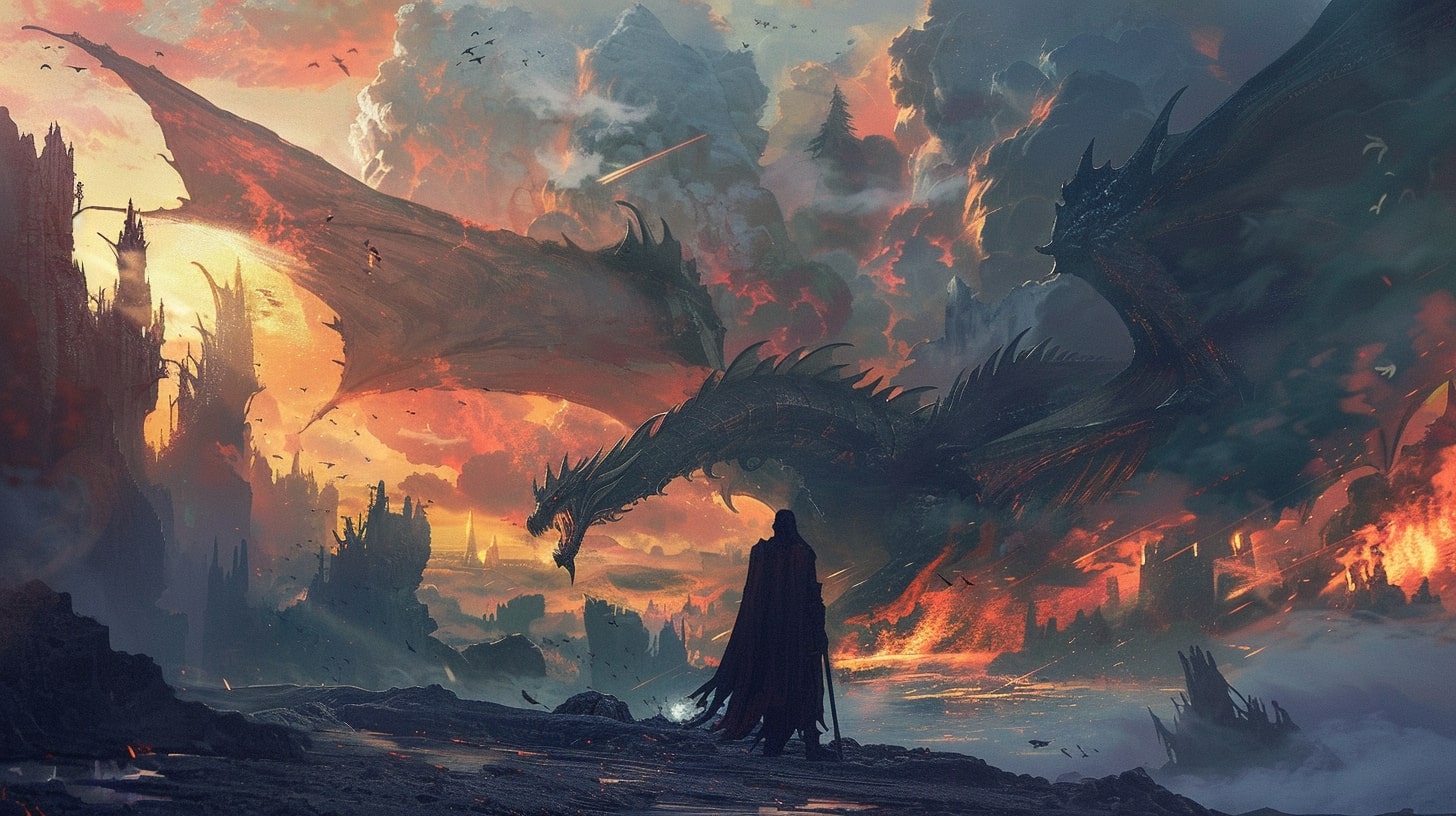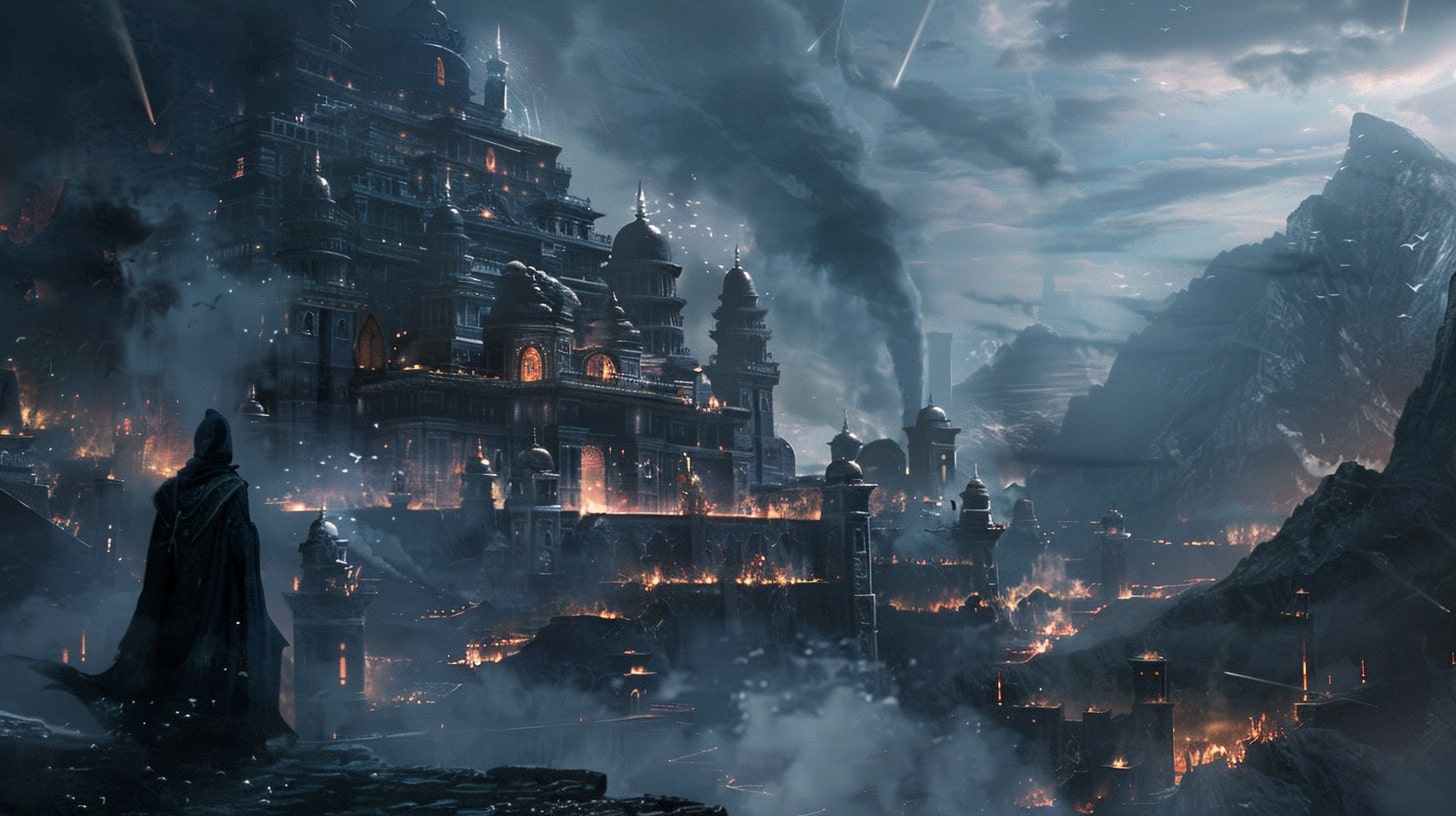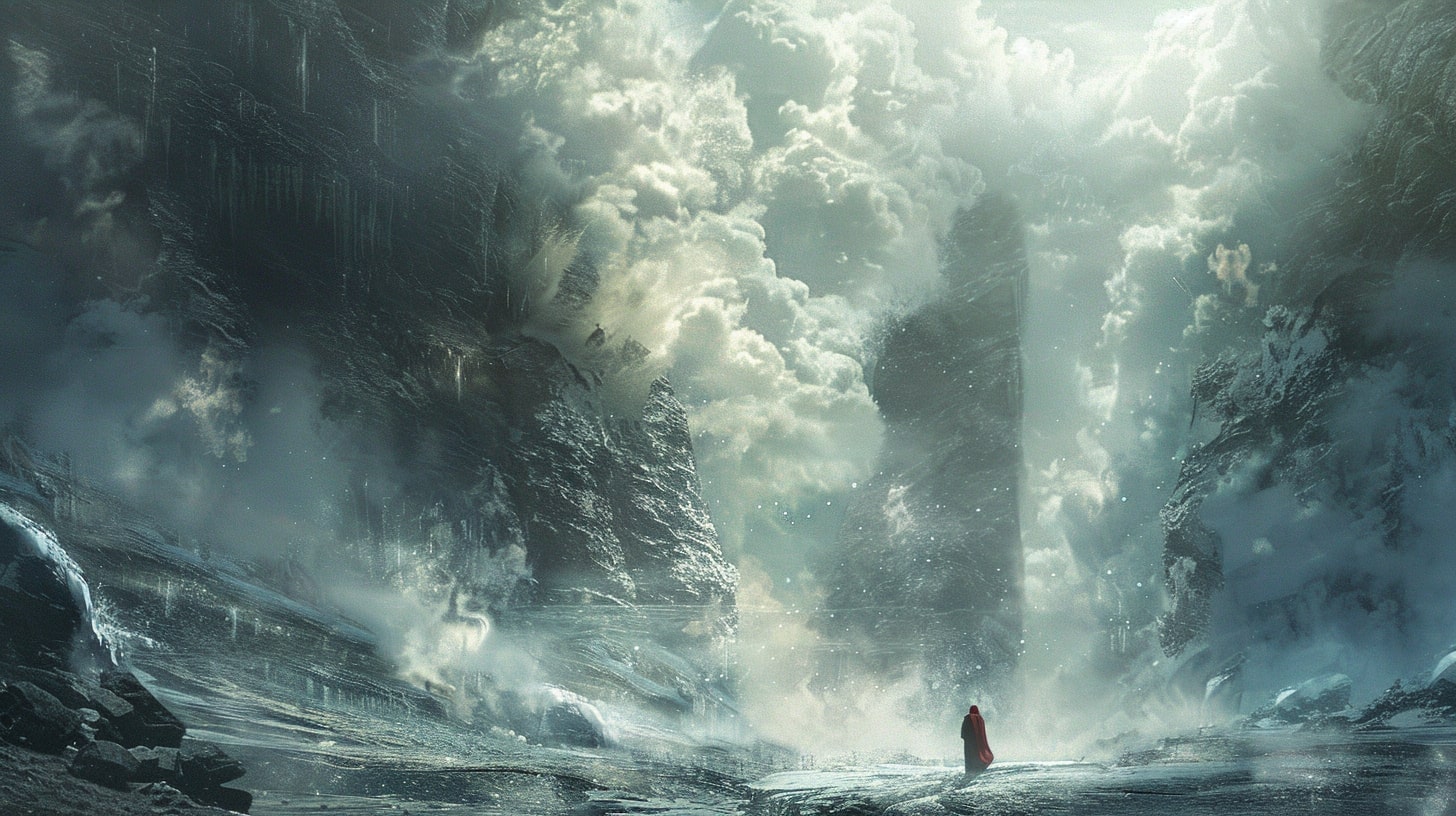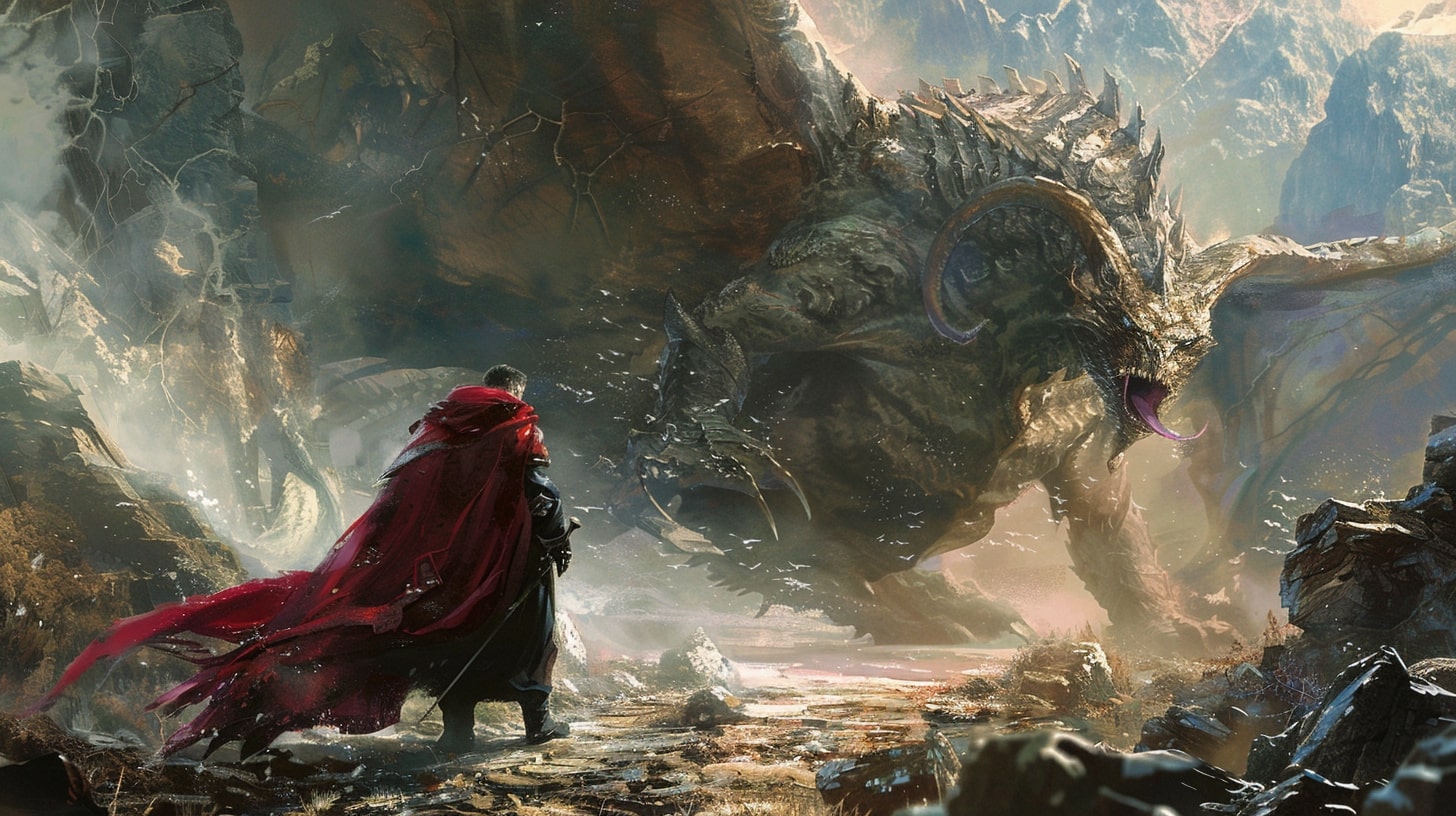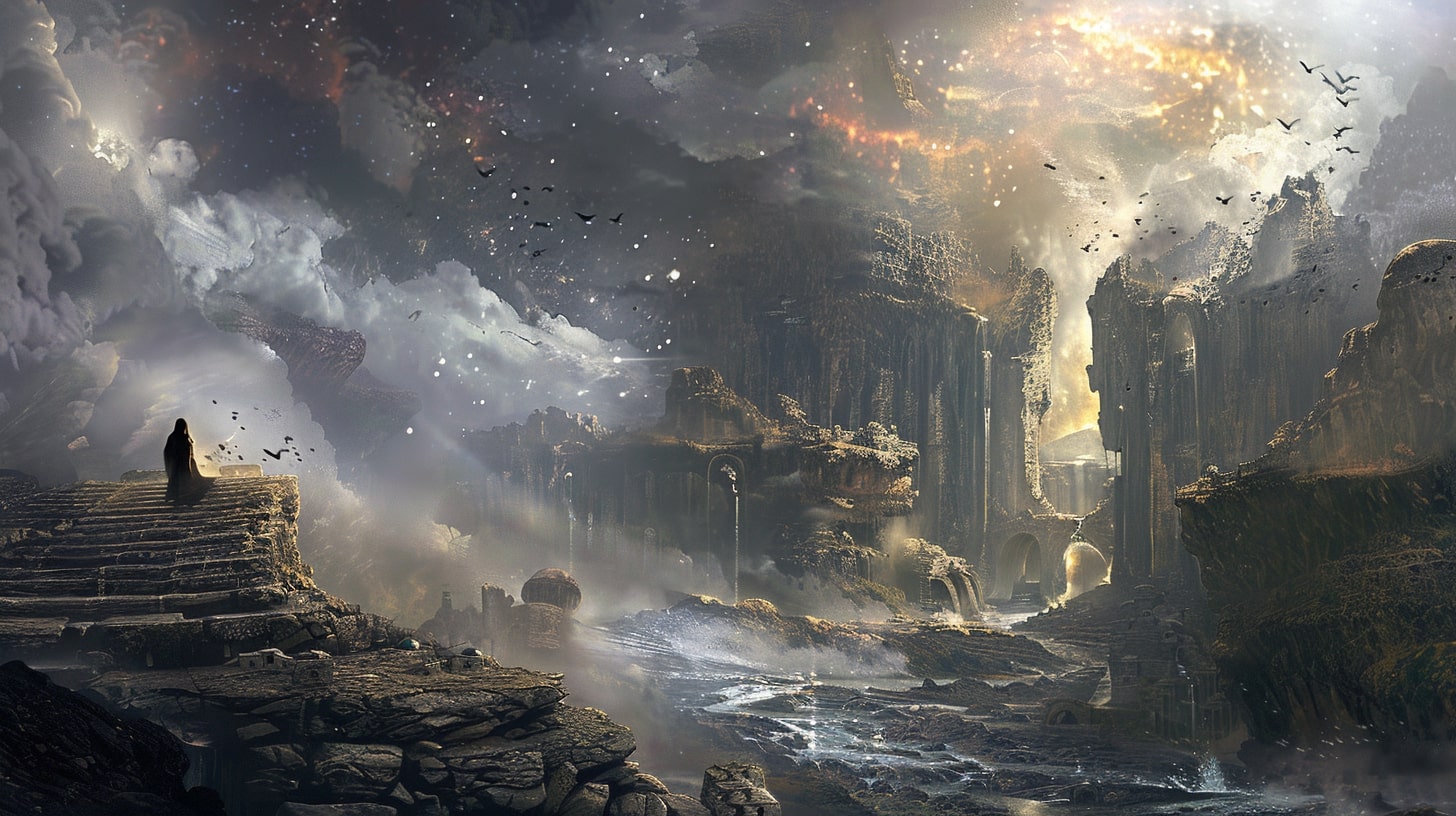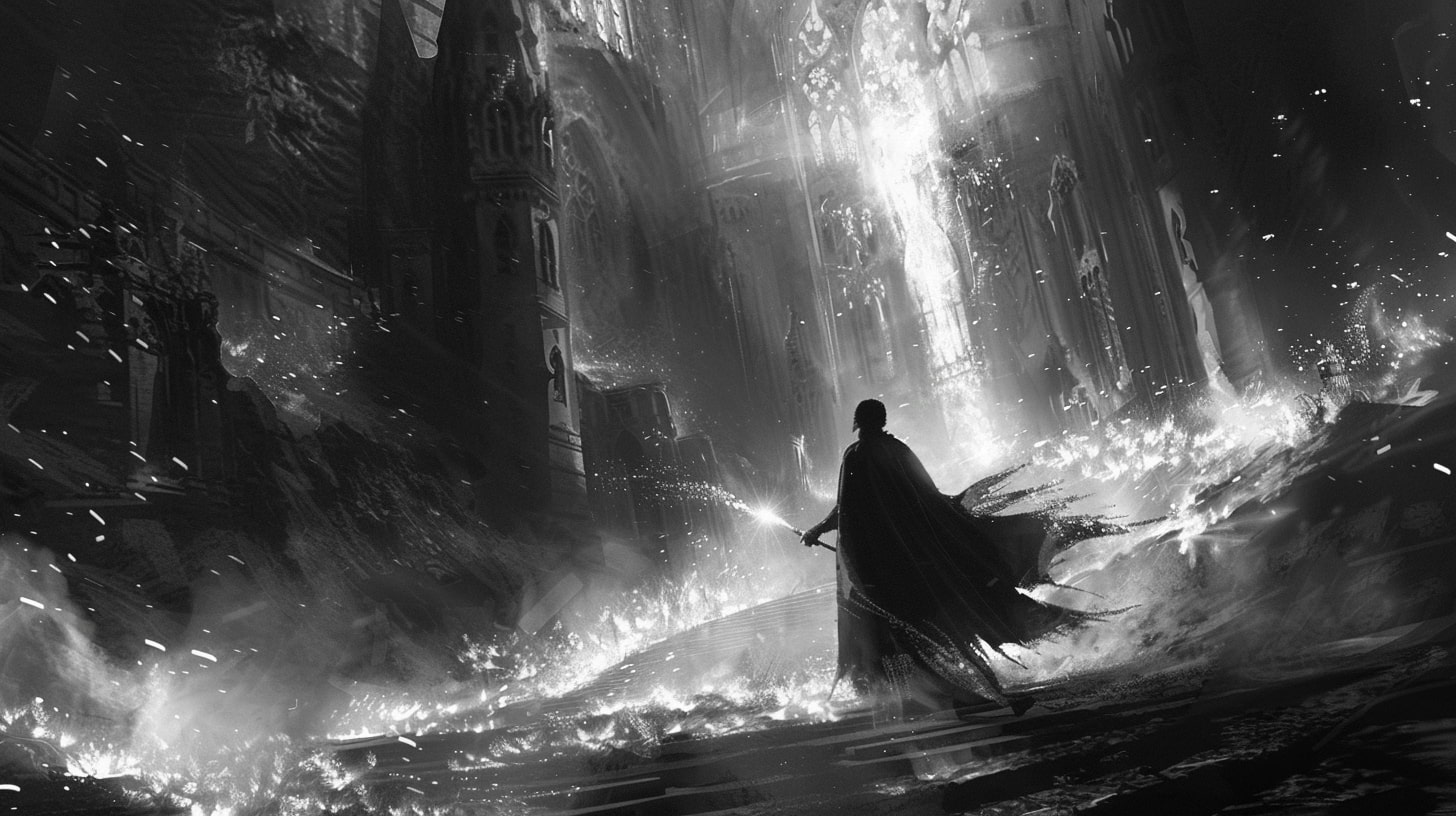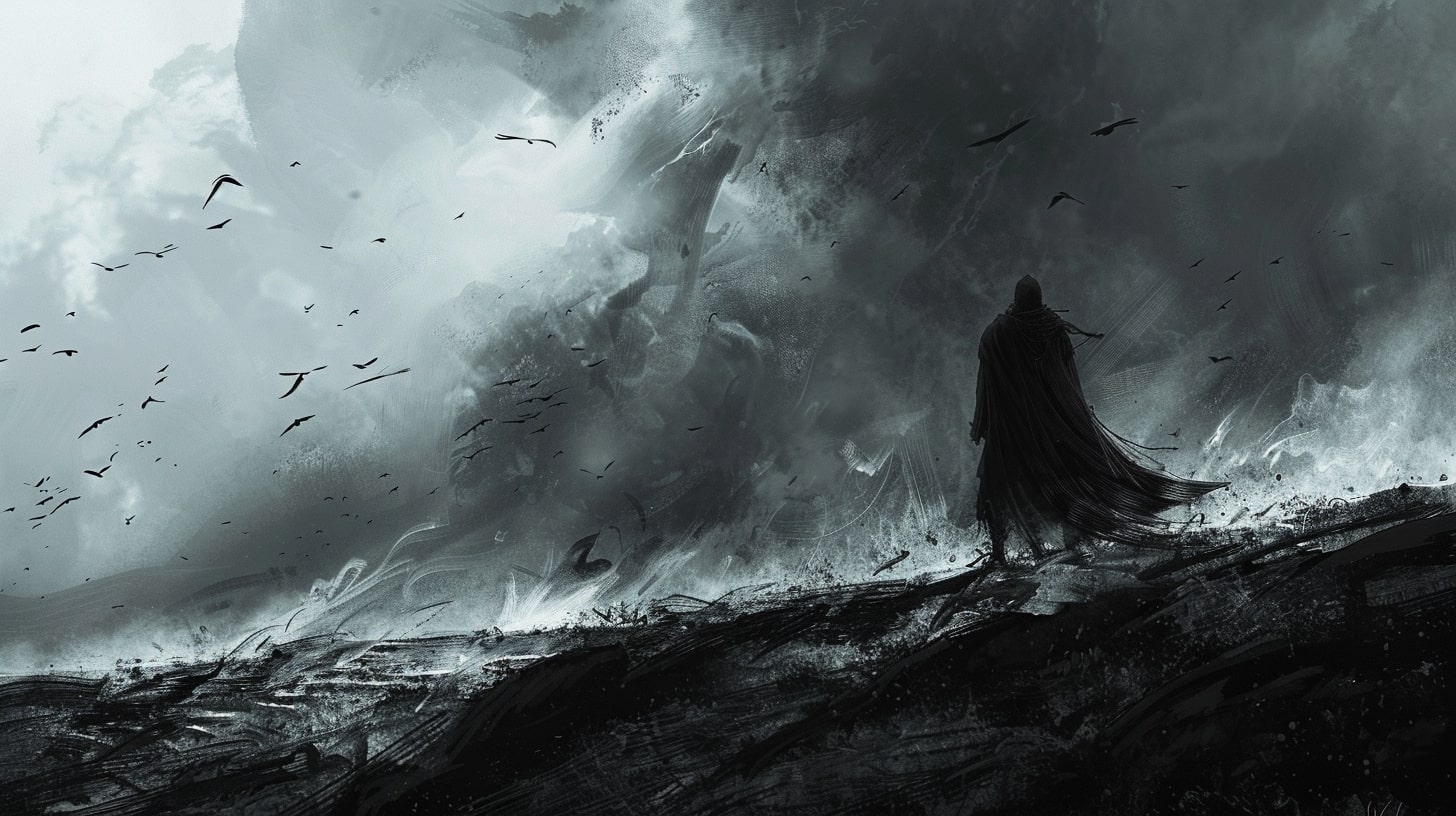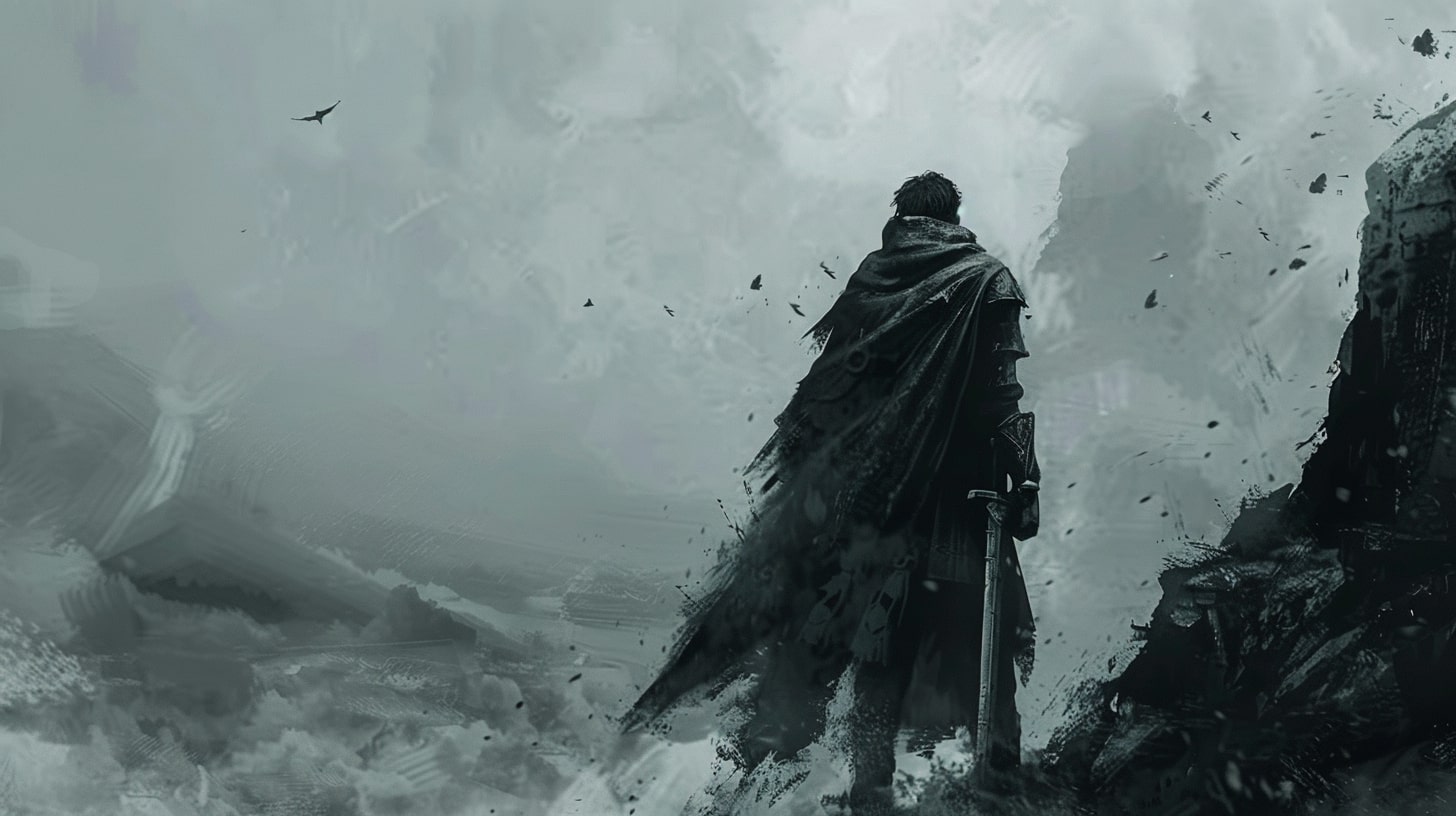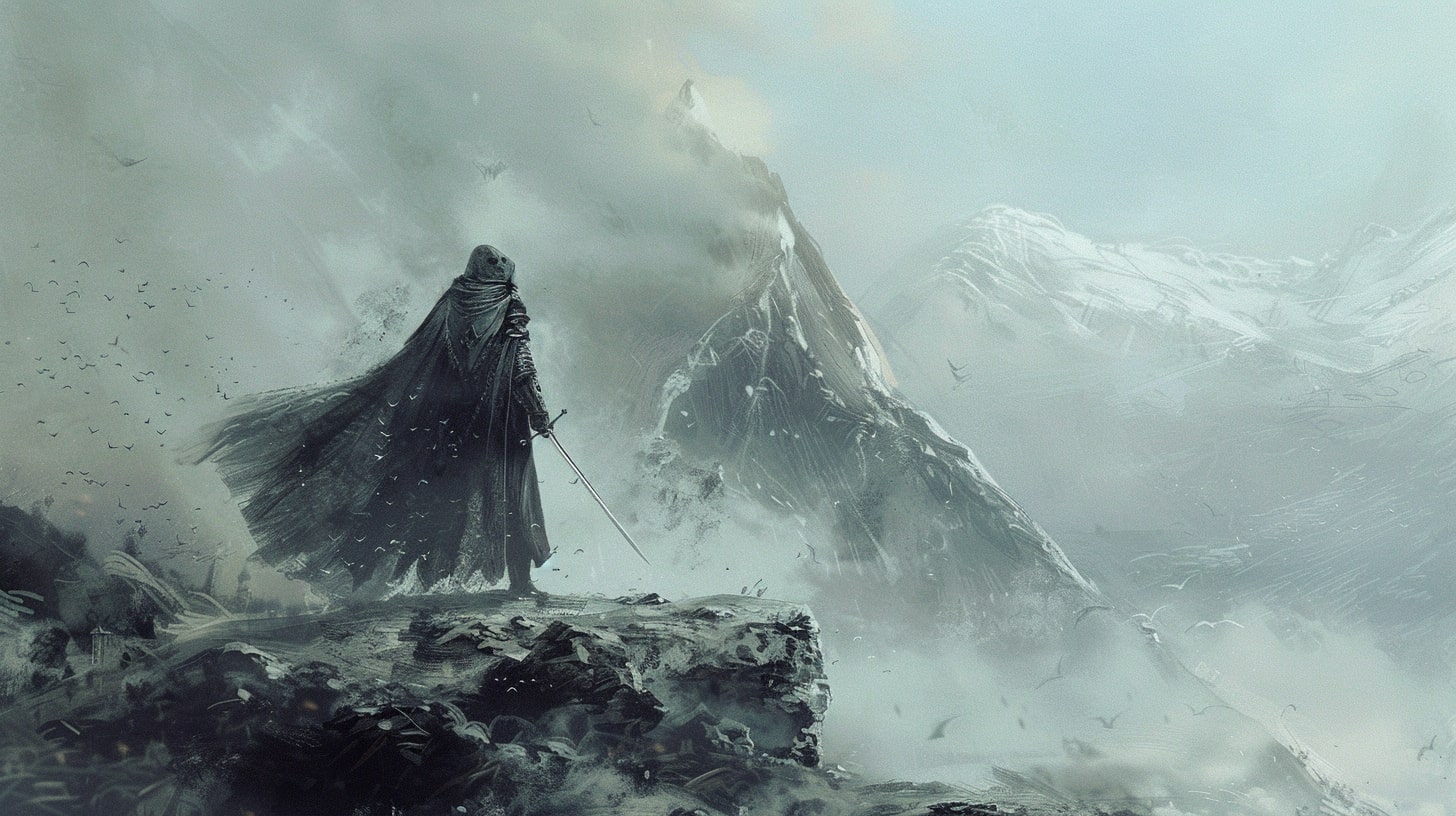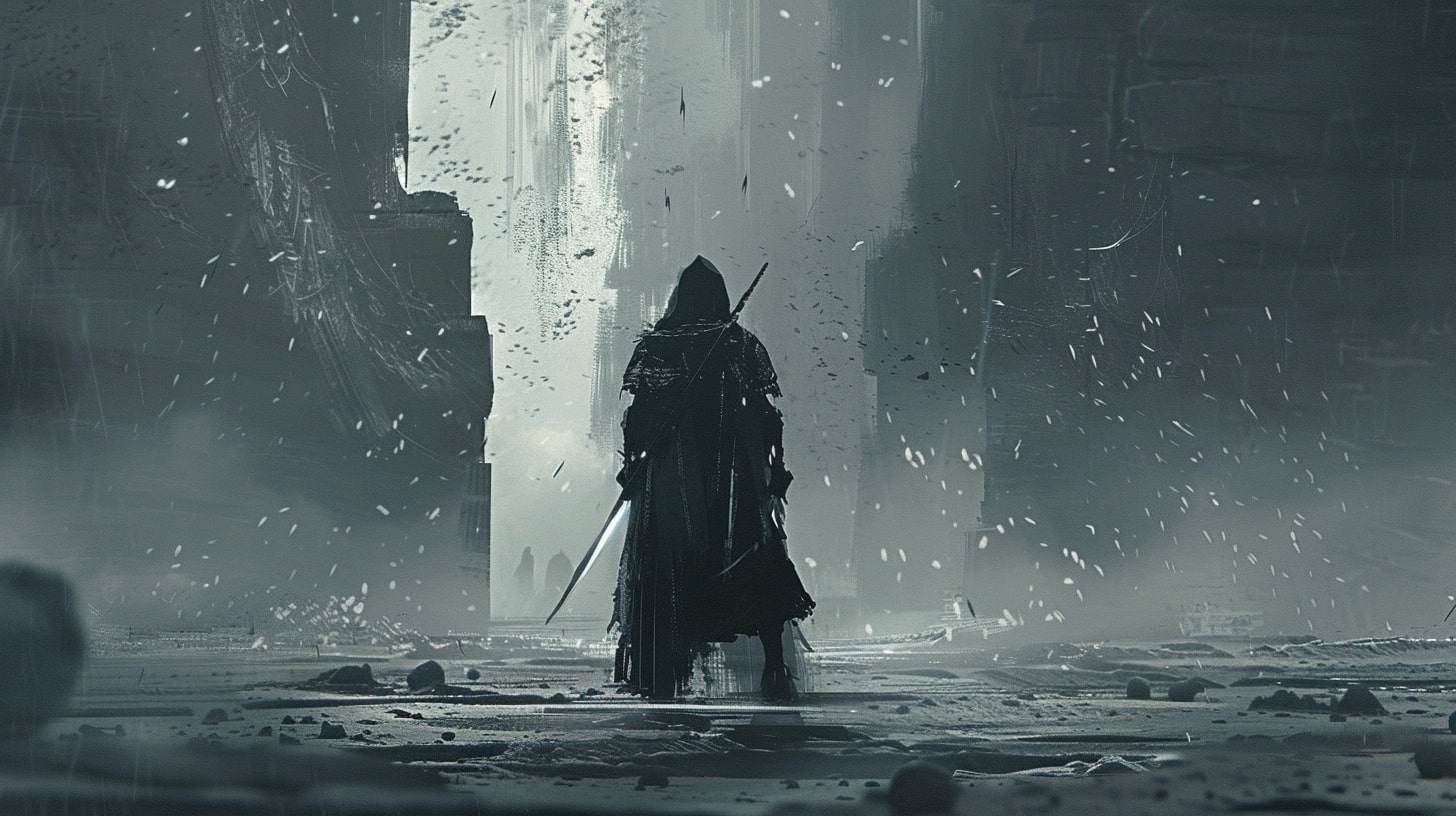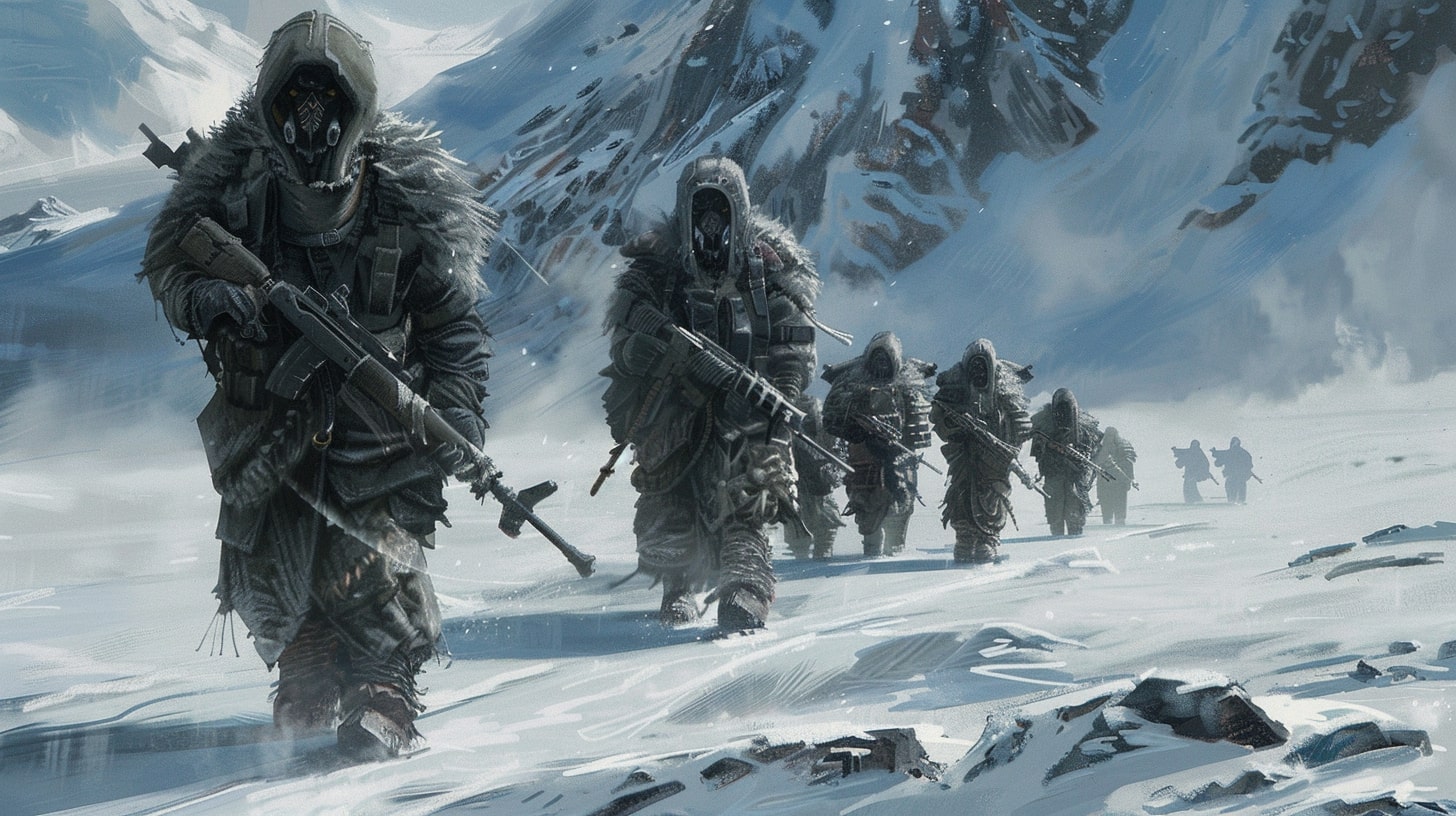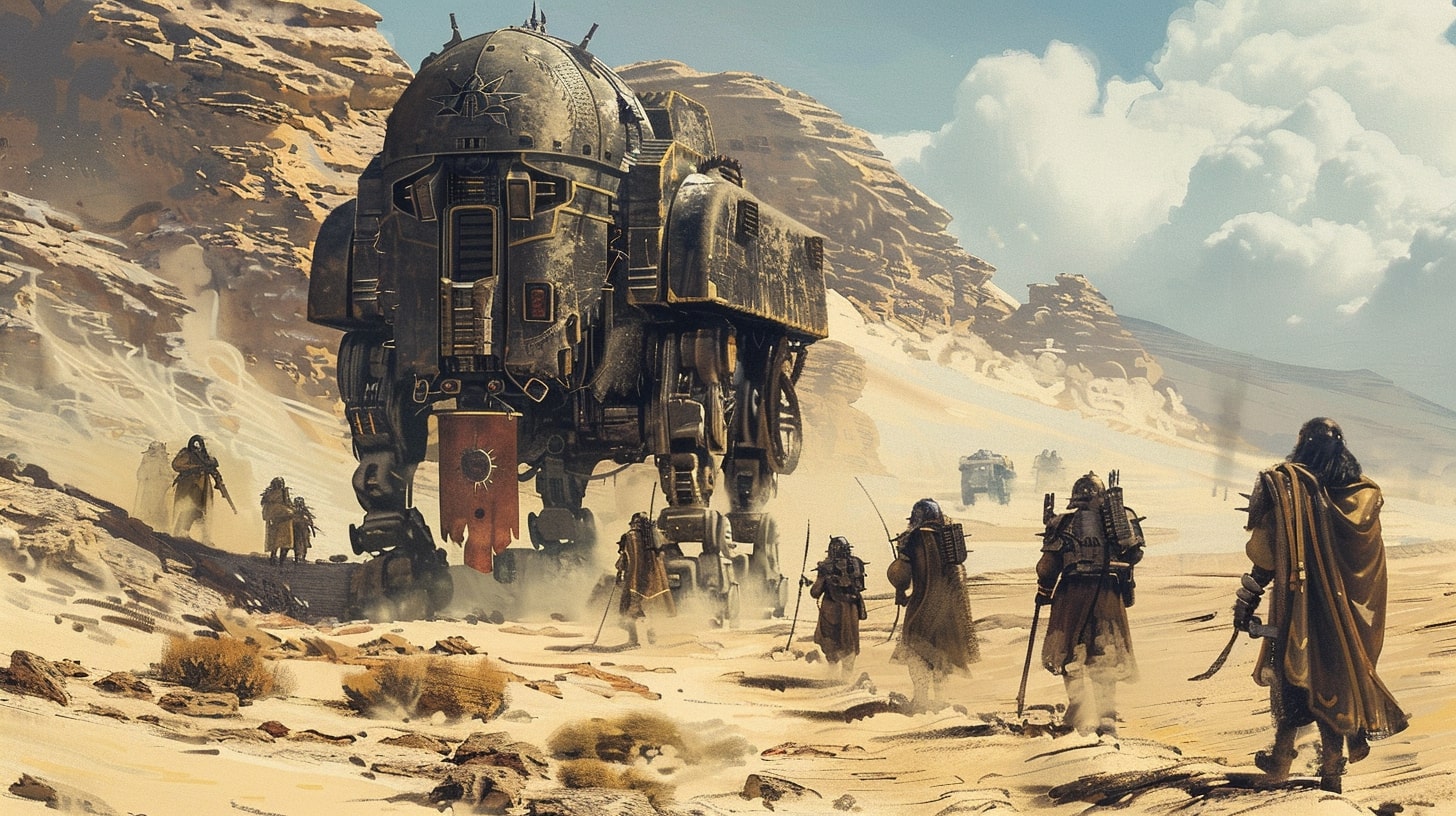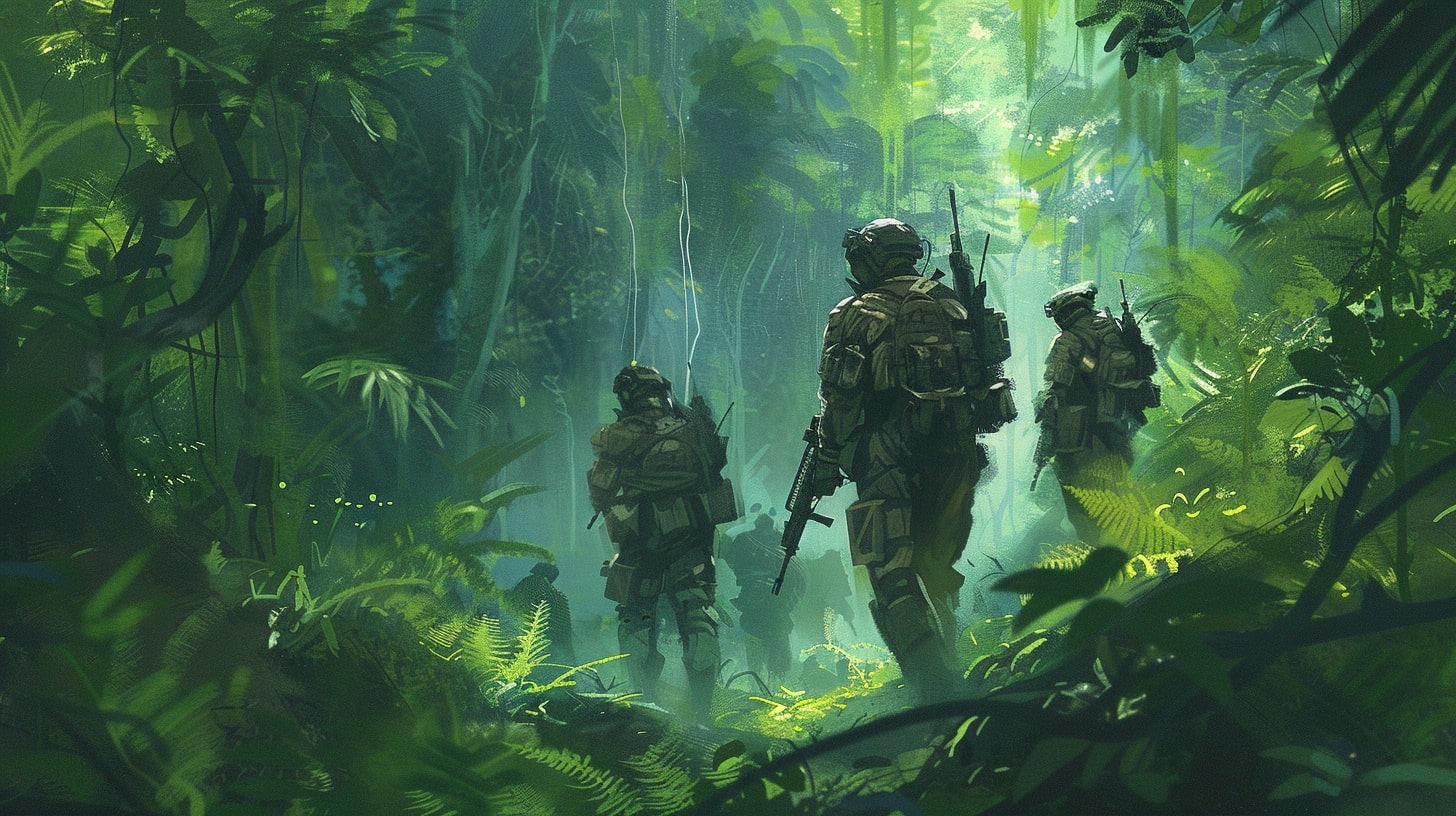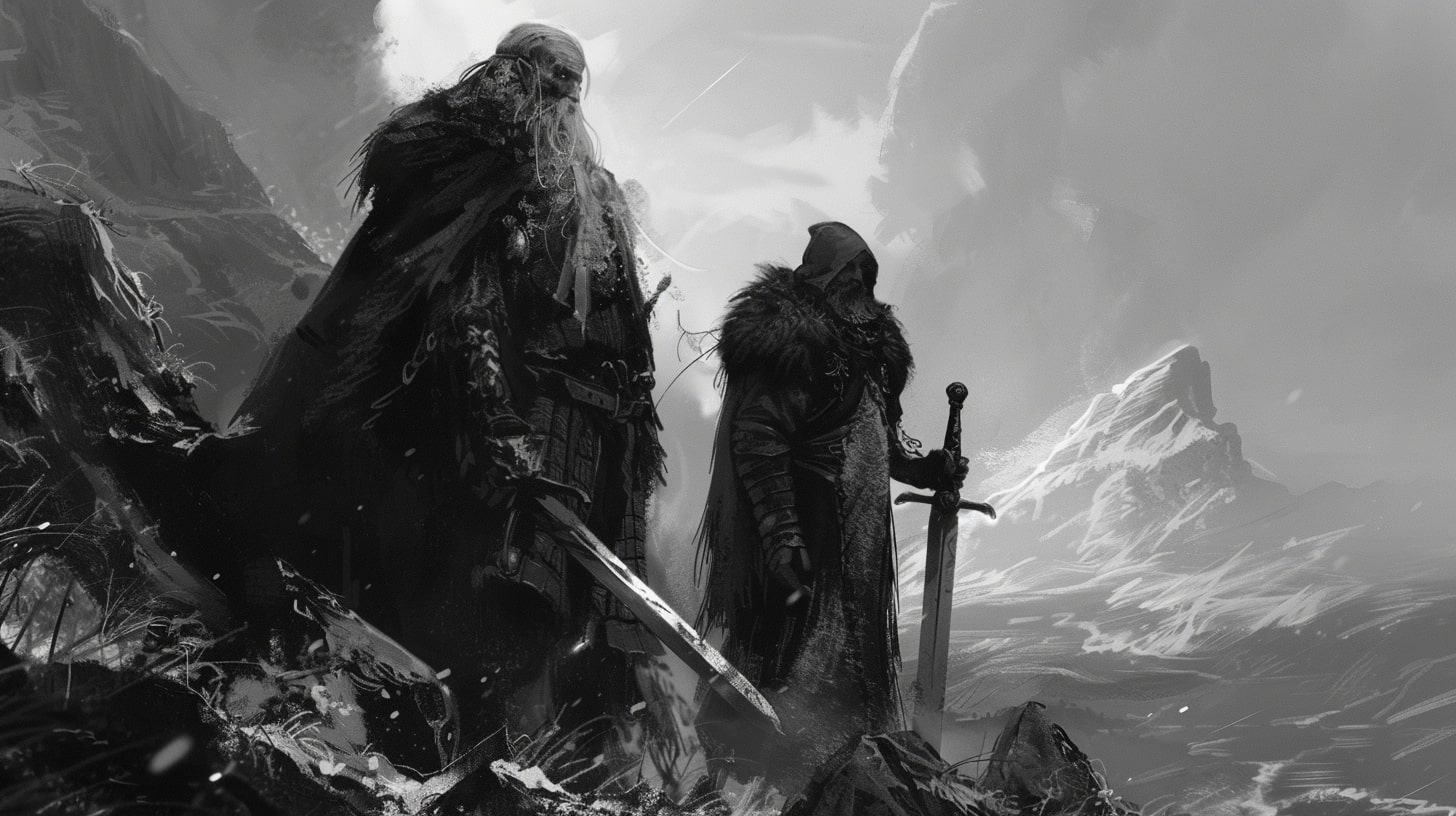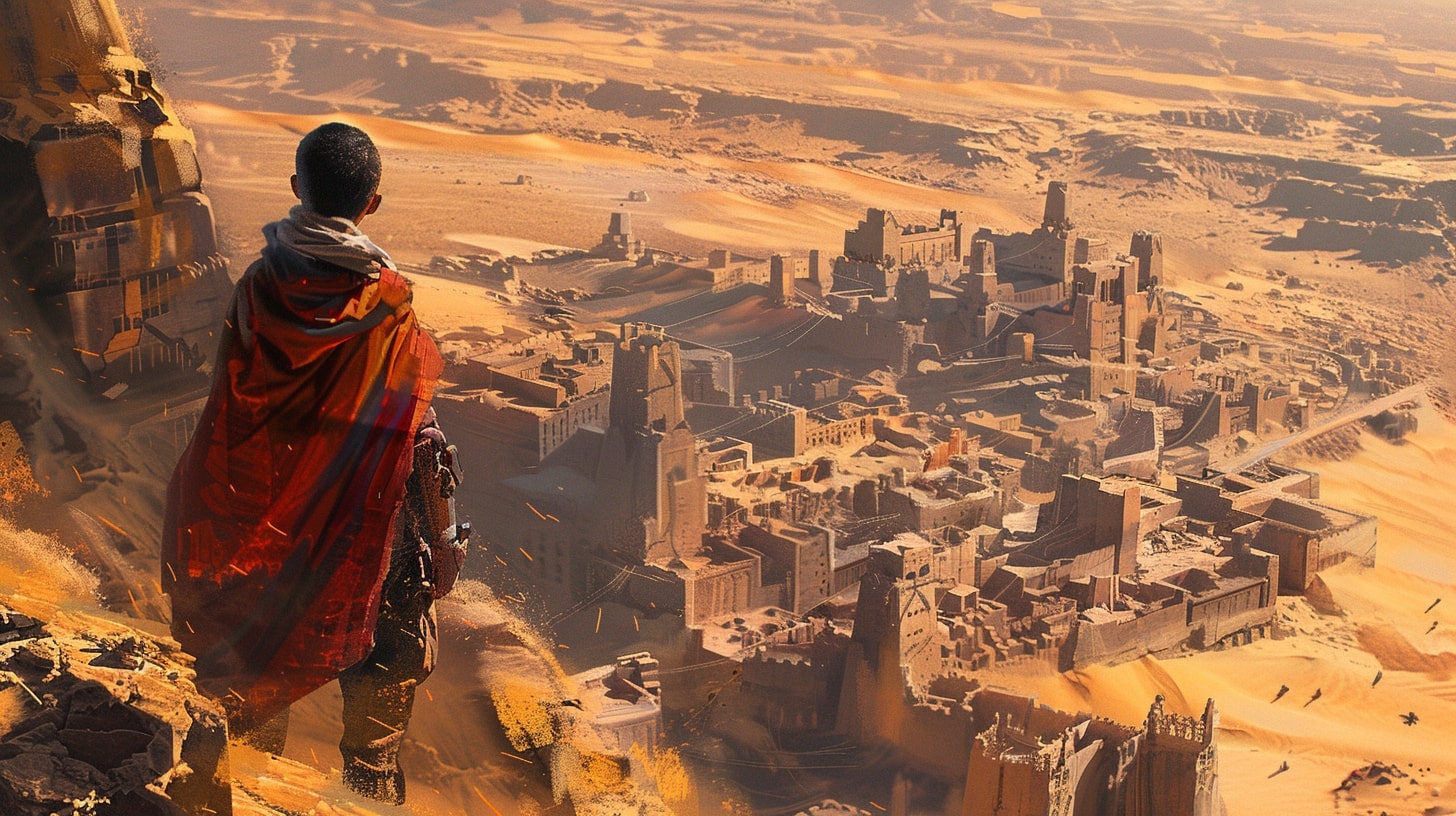Look, we need to talk about that character you created. You know the one. That super-powered hero with the tragic backstory who's basically just a bundle of cool abilities wrapped in a trench coat. Or maybe it's that wise mentor figure who somehow has the perfect advice for every situation but no actual life of their own.
Trust me, I've been there.
Let me tell you about my first attempt at character creation. A vampire detective who spent his nights brooding about his immortality while solving supernatural crimes. Sounds cool, right? That's what I thought too, until a friend asked me what this character did when he wasn't solving cases or dramatically staring out windows.
I had nothing. Absolutely nothing.
That's when it hit me. I hadn't created a character, I'd created a plot device with fangs. And if you're struggling to make your characters feel real, you might be making the same mistake I did.

When creating characters like Reyna I realized that I wanted characters that people could either truly love or hate. Not feel indifferent towards.
Here's the thing about characters that nobody tells you when you start world-building. The epic moments, the cool powers, the dramatic backstories? That's all window dressing. The real heart of a character lives in the quiet moments, the boring days, the little habits that make them feel like someone who could exist even if your story never happened.
Think about your favorite characters from any story. I bet you can imagine exactly how they'd handle being stuck in traffic, or what they'd do on a lazy Sunday afternoon. That's not by accident. That's because their creators understood something fundamental about character creation that took me years to figure out.
Over the next few sections, I'm going to show you exactly how to build characters that feel so real, your readers will swear they must be based on actual people. We'll talk about the Tuesday Test (trust me, it's going to change how you think about character development), the Reality Anchor Method, and a bunch of other techniques I've developed through years of trial and error.
But first, let's make a deal.
Right now, pick your favorite character that you've created. Got them in mind? Good. By the end of this post, you're going to know exactly what they eat when they're stressed, what they do when they can't sleep, and why they've never fixed that one squeaky floorboard in their house even though it drives them crazy every single morning.
Ready to make some magic? Let's get started with our first revelation – why what your character does on Tuesday afternoon matters more than their epic final battle.
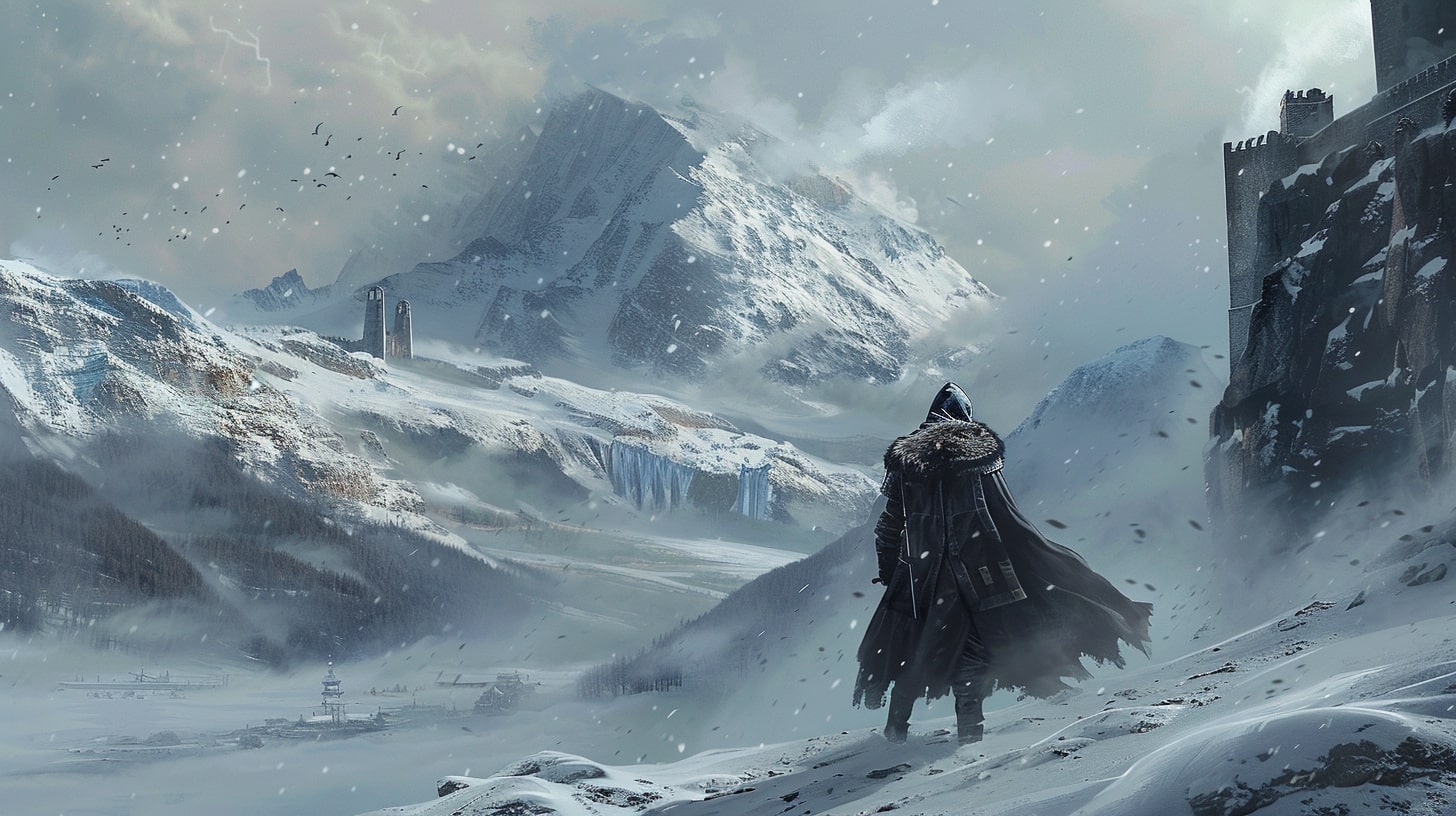
The Tuesday Test: Your Character's Real Life
You know what killed my vampire detective? Tuesday afternoons. See, I could tell you all about how he'd dramatically chase down supernatural killers or brood in the rain about his immortal curse. But I had no idea what he did at 2:47 PM on a random Tuesday when nothing special was happening.
That's the Tuesday Test, and it's about to become your new best friend in character creation.
Why Boring Days Matter More Than Epic Moments
Here's the truth about real people – they spend way more time doing mundane stuff than having adventures. Even Superman has to decide what to eat for breakfast (and I bet heat vision makes great toast). These little moments aren't just filler; they're the foundation of who someone really is.
Think about your best friend for a second. What makes them feel real to you? I bet it's not the big moments. It's how they always tap their fingers on the steering wheel when they're thinking, or how they can't start their day without rearranging their desk first, or that weird thing they do with their coffee where they stir it exactly three times counterclockwise.
The 24-Hour Character Timeline
Let's put this into practice. Grab your character and let's map out their most boring day ever. I'm talking about a day where absolutely nothing plot-relevant happens. Here's what we need to figure out:
- Morning routine (Are they a snooze button addict or disgustingly chipper at dawn?)
- Regular responsibilities (Work? School? Running an underground magic trading ring?)
- Meal habits (What's their comfort food? What do they eat when nobody's watching?)
- Downtime activities (What do they do when they're procrastinating?)
Evening wind-down (How do they deal with insomnia? What's their guilty pleasure TV show?)
Reality Check Box
If you can't answer at least 7 of these questions without mentioning their special powers, epic destiny, or tragic backstory, your character might be wearing a plot device costume.
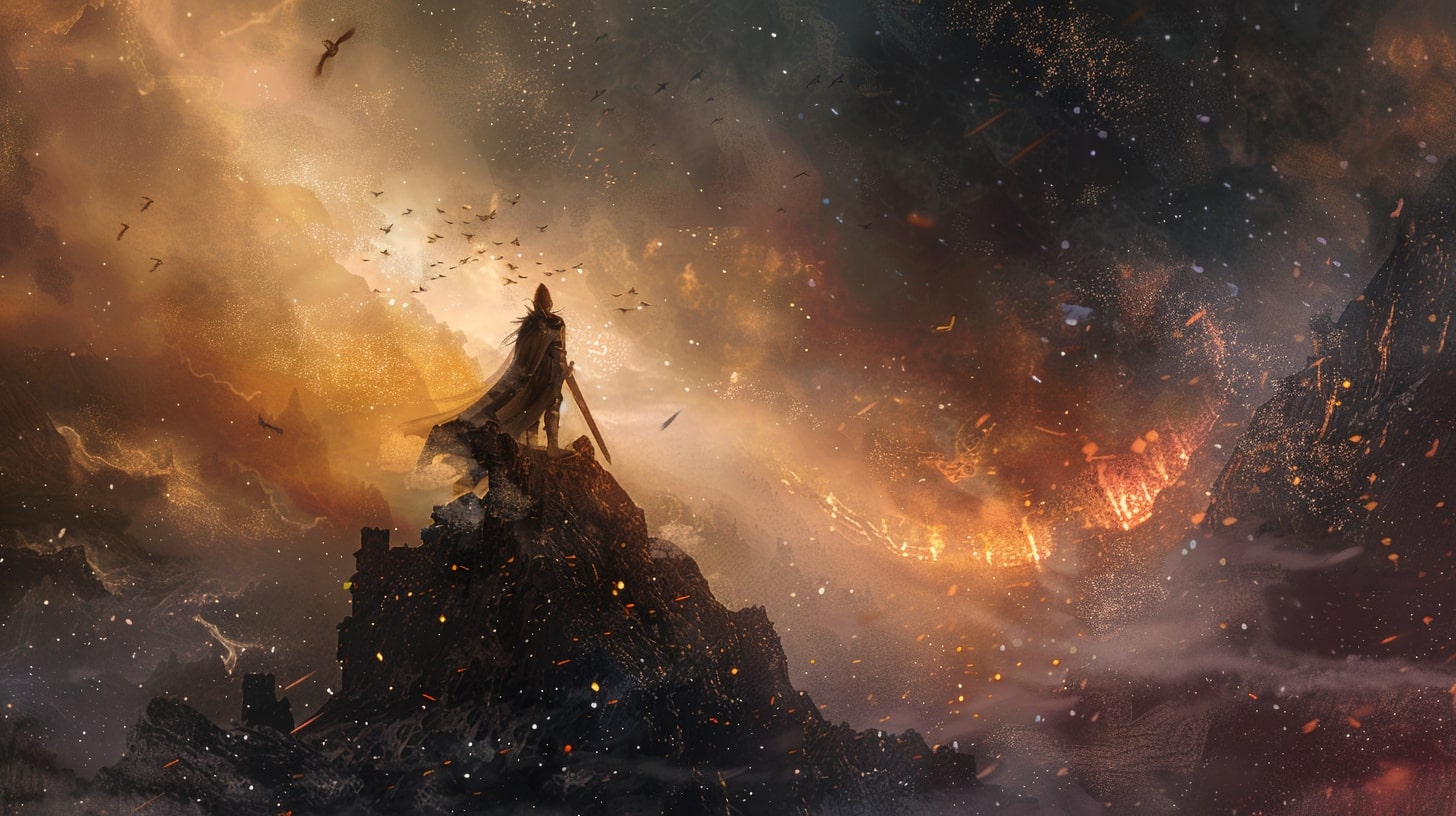
The Little Things That Make Them Real
Here's a secret that took me way too long to learn – quirks aren't random. Every weird habit, every peculiar preference, every odd routine comes from somewhere. Maybe your warrior always checks their weapons in the same order because their first mentor drilled it into them. Maybe your mage organizes their spellbooks by color instead of subject because they're slightly colorblind but too proud to admit it.
Door Opener Prompt
Pick one mundane habit your character has. Now work backwards – what experience in their life created this habit? Remember, it doesn't have to be dramatic. Sometimes people double-check their front door because they once left it unlocked, not because thieves murdered their family.
Making Tuesday Matter
The real magic happens when these ordinary moments connect to your bigger story.
Remember my vampire detective? Once I figured out he stress-bakes (because his human mother taught him, and it's the one thing that still makes him feel alive), suddenly I had something real. Now when he's investigating a brutal murder, that detail about him organizing his cookie cutters by size adds depth instead of feeling random.
World Walker Tip
From community member ShadowScribe: "I keep a 'boring day diary' for my main characters. Every time I need a detail about their normal life, I add it to the diary. It's amazing how these details start connecting themselves."

Your Turn: The 24-Hour Challenge
Ready to make your character real? Here's what you're going to do:
- Pick a character (preferably one that's been giving you trouble)
- Write out their complete Tuesday schedule, hour by hour
- Include at least:
- Three meals (what and where?)
- Two minor annoyances they deal with
- One guilty pleasure
- One mundane responsibility they're avoiding
- One small interaction with someone unrelated to the plot
No world-saving allowed. This is a Tuesday. Nothing special happens on Tuesday.
Reality Check Box
If you're struggling to write their Tuesday, ask yourself: Am I creating a person, or am I creating a plot point with a personality?
Why This Really Matters
Here's the thing about the Tuesday Test, it's not just about making your characters feel real. It's about giving them the kind of depth that makes readers want to spend time with them even when nothing's exploding and nobody's saving the world.
Because at the end of the day, we don't fall in love with characters because of their epic moments. We fall in love with them because of their Tuesday afternoons.
Next up, we'll talk about the Reality Anchor Method, or why your character needs to be shaped by your world instead of just living in it. But first, drop a comment below with your character's Tuesday schedule. I bet you'll surprise yourself with what you come up with.

The Reality Anchor Method: Making Your Characters Products of Their World
Let me tell you about the moment I realized I was doing world-building all wrong. I'd spent weeks crafting this amazing desert trading empire with magical wells and complex water-sharing agreements. Then I looked at my main character – a water mage who treated water like it was unlimited and free.
Face, meet palm.
Why Your World Matters More Than Backstory
We're all shaped by where we grew up. I'm not talking about tragic backstories or defining moments (though those matter too). I'm talking about the everyday reality that surrounds us.
Think about it. If you grew up in Minnesota, you probably have strong opinions about snow shovels. If you grew up in Singapore, you likely have serious thoughts about air conditioning. These aren't character quirks, they're reality anchors, the little ways your environment shapes who you are.
Reality Check Box
If your character could be dropped into a completely different setting without changing any of their habits or attitudes, you've got some anchoring to do.
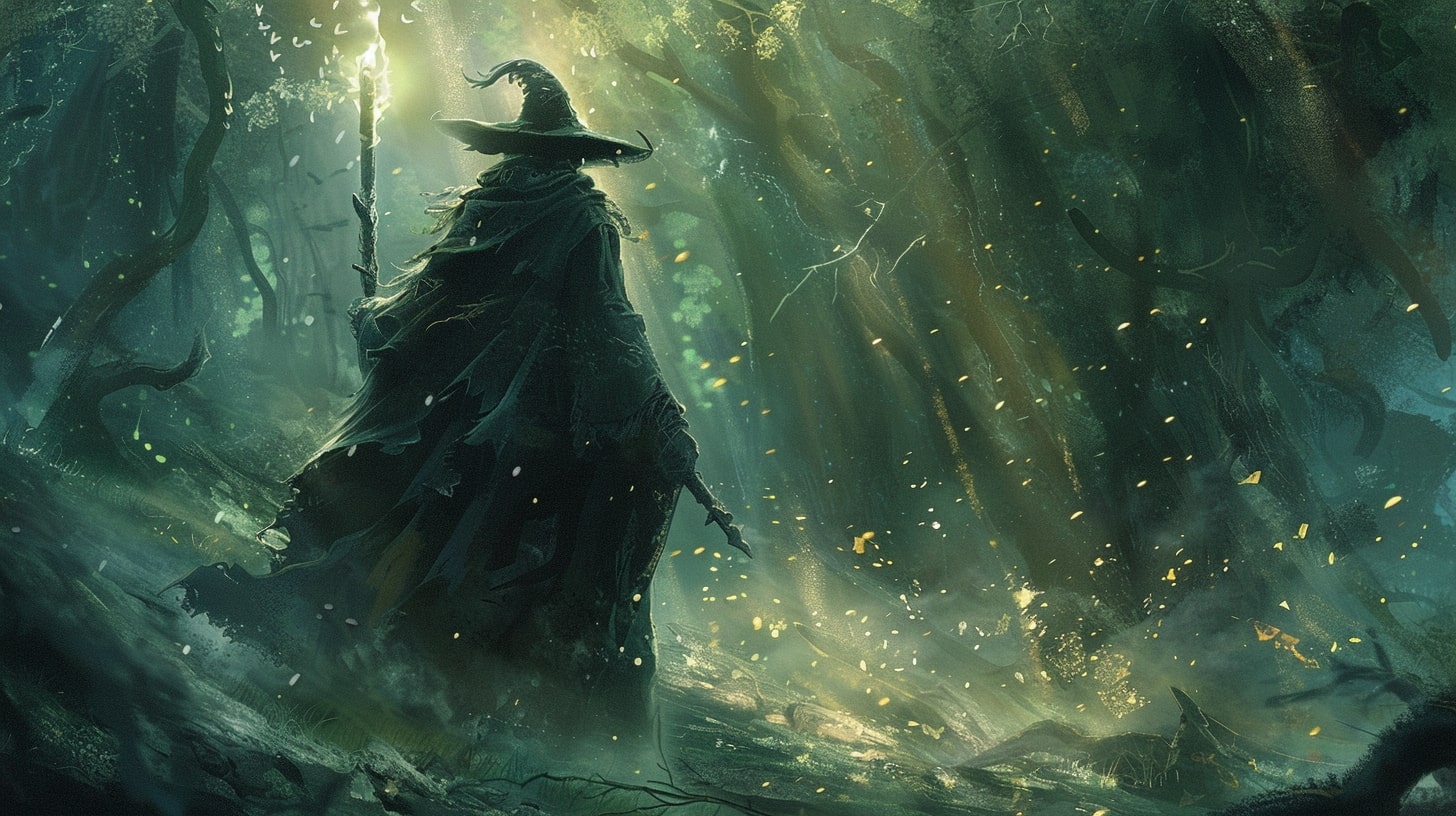
The Environment Effect
Let's get practical. Here's how to start anchoring your characters to your world:
- Start with Resources
- What's scarce in their environment?
- What's abundant?
- What do they take for granted?
- What do they hoard?
- Move to Systems
- What laws affect their daily life?
- What social rules must they navigate?
- What traditions shape their choices?
- What taboos limit their actions?
- End with Reactions
- How do they handle common problems?
- What solutions feel natural to them?
- What approaches would never occur to them?
- What do they consider "normal"?
Door Opener Prompt
List five things your character would never think to do because of where they grew up. Not moral choices, just solutions that would never occur to them because of their environment.
The "What Would They Hate" Exercise
Want to really understand how your world shapes your characters? Make a list of things they'd hate about a different environment. Not big things like "different customs", I'm talking specific irritations.
Example: My desert-born trader visiting a coastal city
- The constant humidity making their clothes stick
- People casually wasting water
- The weird concept of "free" water in rivers
- Nobody understanding proper water-gift etiquette
- The lack of proper water-price haggling
World Walker Tip
From community member DesertDreamer: "I write travel complaints for my characters. Nothing reveals someone's cultural assumptions like their gripes about other places."
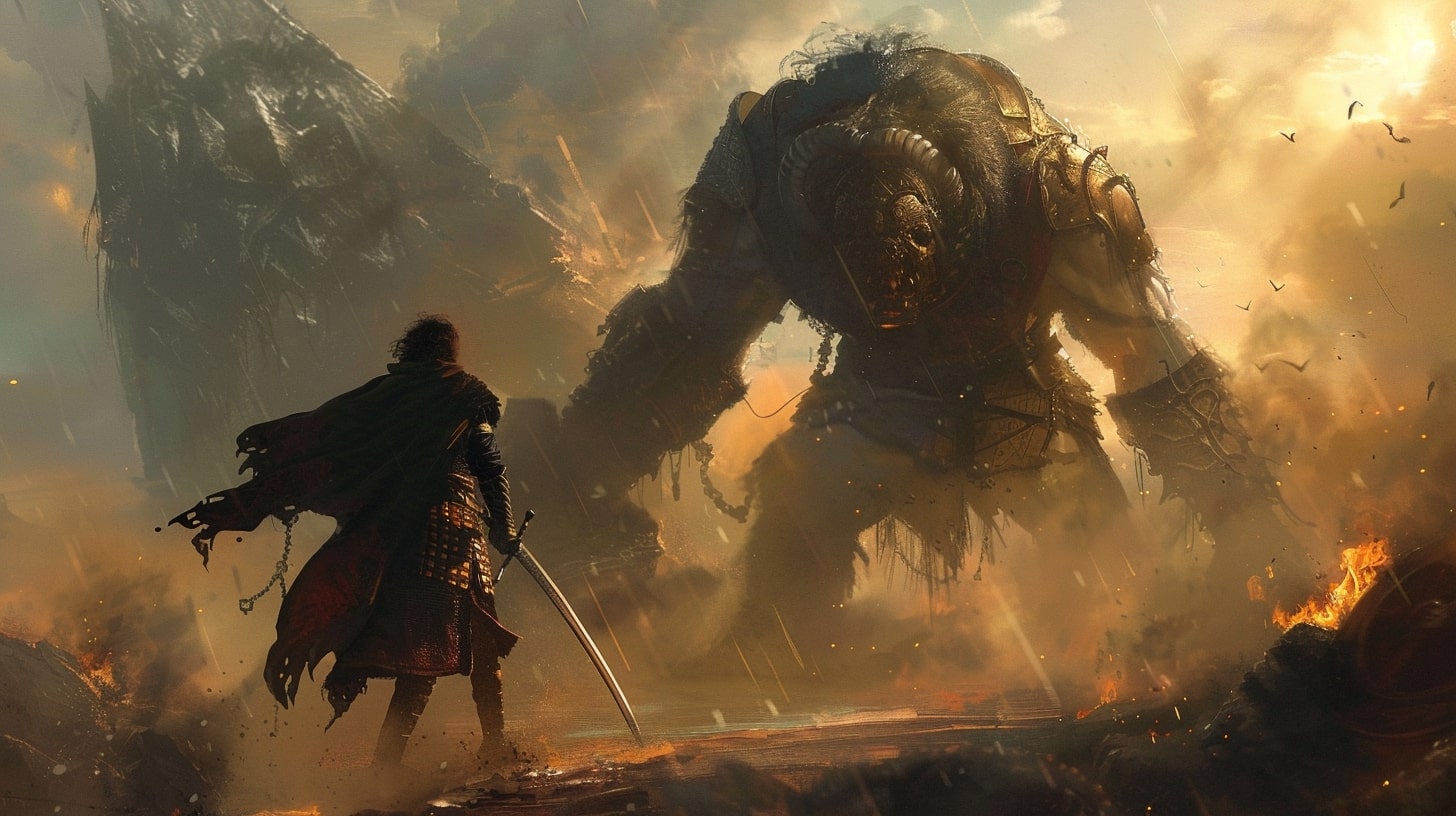
Building Natural Conflicts
Here's where it gets fun. When your characters are properly anchored to their world, conflicts arise naturally. Remember my water mage? Once I actually anchored them in that desert culture, their entire character shifted. Now they:
- Obsessively track every drop of water they use
- Judge others by their water conservation habits
- Struggle with using water magic for combat
- Have serious moral issues with decorative fountains
Suddenly I had conflicts I didn't even need to plan, they grew naturally from the character's connection to their world.
Reality Check Box
Conflicts should grow from your world-building, not fight against it. If you have to ignore your world's rules to create drama, dig deeper.
The Cultural Comfort Zone
Every character should have things that feel deeply "right" and "wrong" to them based on their culture. Not moral rights and wrongs, I'm talking about the kind of wrong you feel when someone puts ketchup on fine steak or wears socks with sandals.
Quick Exercise: For your character, list:
- Three things that feel "right" to them that others find weird
- Three common practices from other cultures that make them uncomfortable
- Three habits they didn't realize were cultural until they left home
- Three things they miss about their home environment
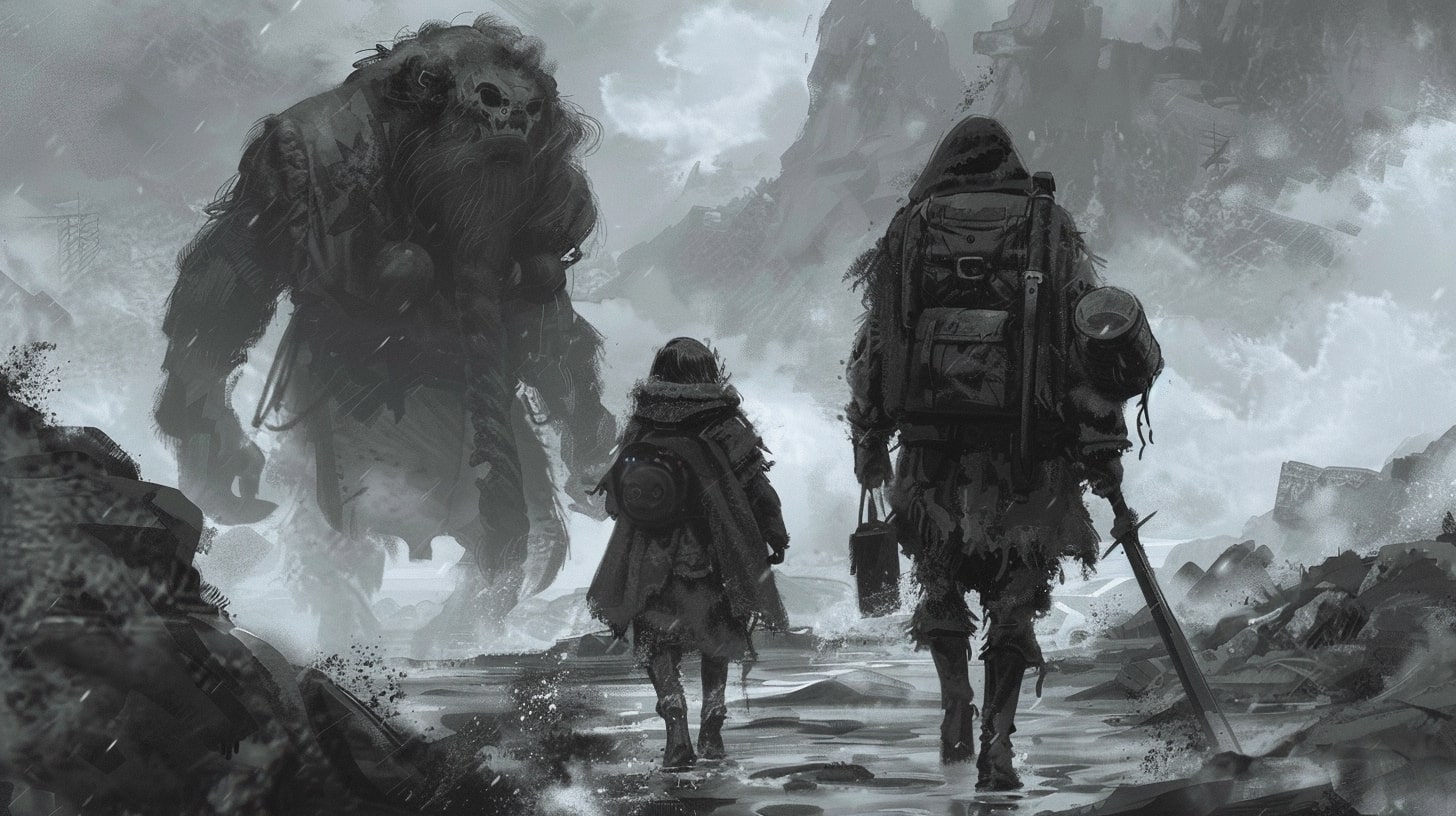
Making It All Work Together
Here's my three-step process for reality anchoring:
- Physical Anchors
- How does their environment affect their daily habits?
- What physical adaptations have they developed?
- What environmental challenges do they face regularly?
- Social Anchors
- How does their society shape their expectations?
- What cultural tools do they use to solve problems?
- What social resources do they rely on?
- Personal Anchors
- How have they personally adapted to their world?
- What unique solutions have they developed?
- How do they navigate their environment's challenges?
Door Opener Prompt
Take your character's most basic daily task (eating, dressing, commuting) and list how their environment affects each step of that process.
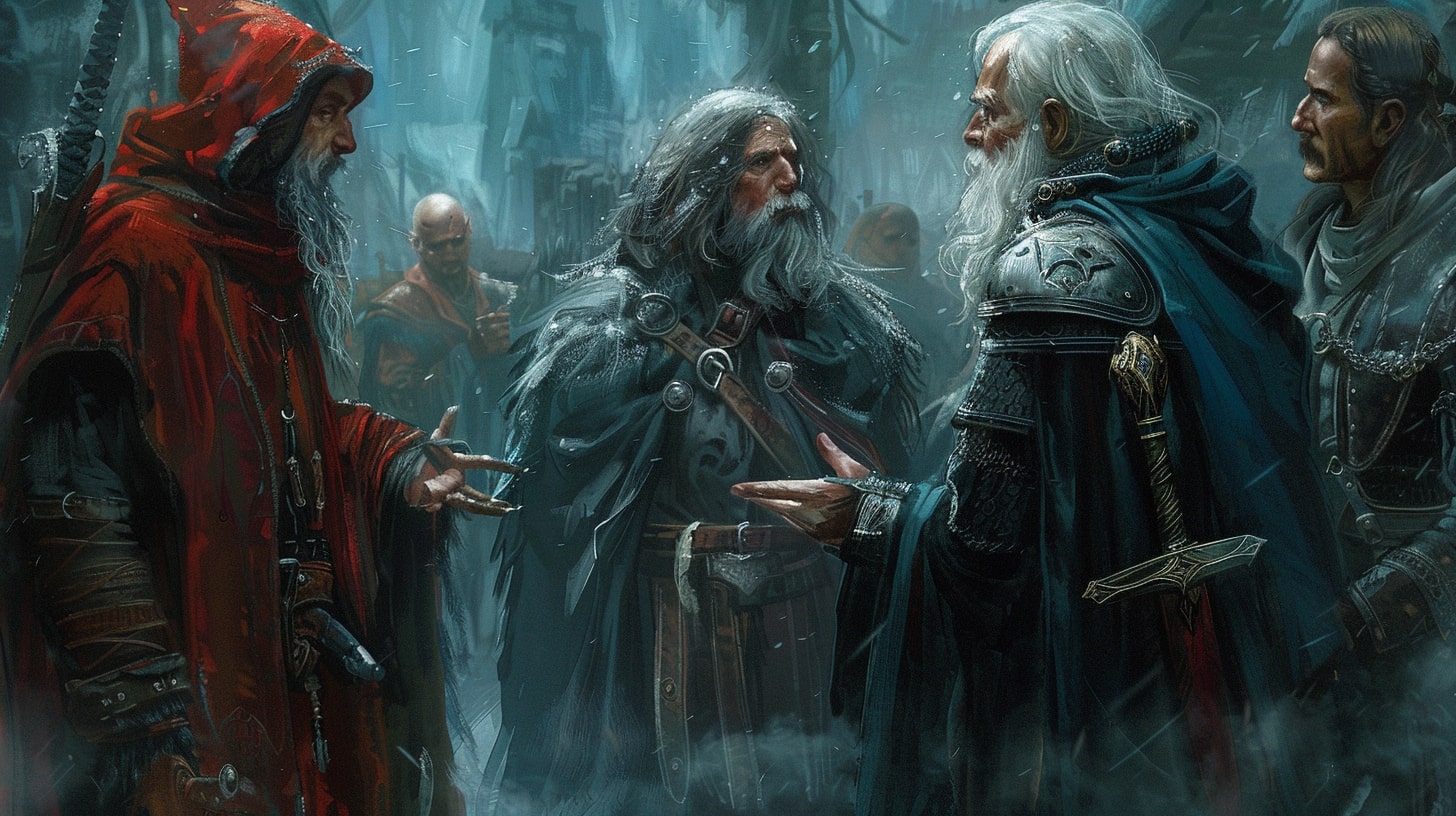
Why This Really Matters
Look, you can give a character the coolest magic powers, the most tragic backstory, or the most amazing destiny. But if they don't feel like they grew up in your world – if they don't reflexively think and act like someone shaped by that environment – they'll never feel real.
The good news? Once you start anchoring your characters properly, they'll start telling you who they are. Because people shaped by the same environment still react differently to it. That's where your character's unique personality really starts to shine.
Next up, we'll dive into the Relationship Web, because no character exists in a vacuum (unless they're a space hermit, and even they probably talk to their plants). But first, try this: Write down what your character considers "normal" that would horrify someone from a different part of your world. Drop it in the comments – let's see how deep your world-building really goes.
The Relationship Web: Because Nobody Exists in a Vacuum
Want to know the biggest lie we tell ourselves while world-building? It's that strong characters stand on their own. I fell for this one hard. I spent so much time making my characters individually awesome that I forgot something crucial – people are defined by their connections.
Think about it. Even hermits are interesting because they're actively avoiding relationships. That's still a relationship with society, just a negative one.
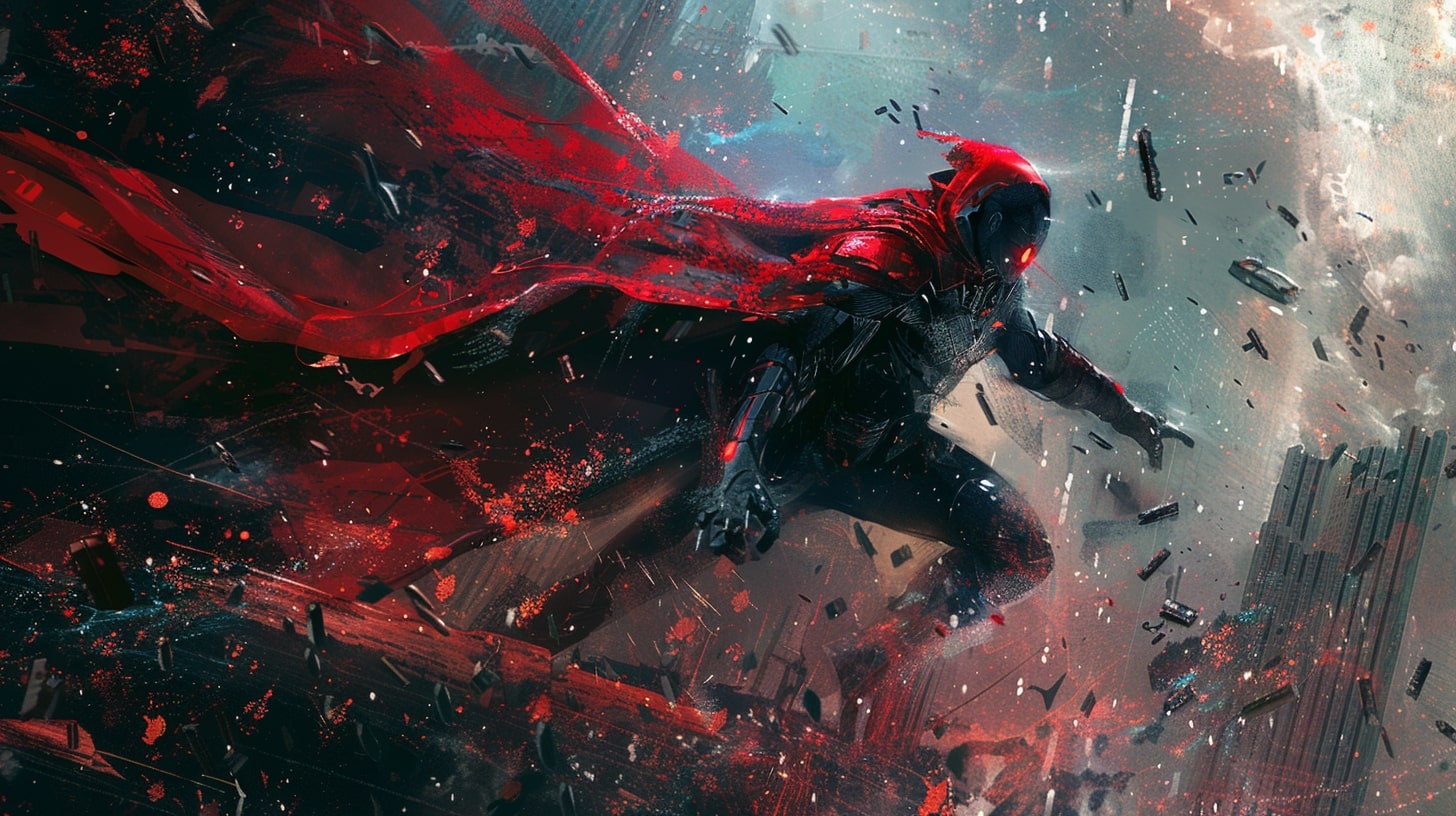
The Five People Theory
Here's something I learned from watching way too many character-driven shows, every compelling character has at least five key relationships that define them:
- Someone they protect
- Someone they fear
- Someone they admire
- Someone they resent
- Someone they need
Reality Check Box
If your character only has meaningful relationships with plot-relevant characters, you're missing out on a gold mine of character development.
Building Your Character's Web
Let's get practical. Grab your character and let's map out their relationship web. We're going beyond the obvious relationships (mentor, love interest, arch-nemesis) to the ones that really shape daily life.
The Inner Circle
First, identify:
- Who do they see every day?
- Who do they actively avoid?
- Who do they wish they saw more?
- Who do they wish would leave them alone?
The Support Network
Then map out:
- Who fixes their problems?
- Who creates their problems?
- Who listens to their complaints?
- Who depends on them?
Door Opener Prompt
Pick the most boring person in your character's life. Someone with no plot relevance whatsoever. Now write one paragraph about why your character can't cut this person out of their life. Watch how this creates instant depth.
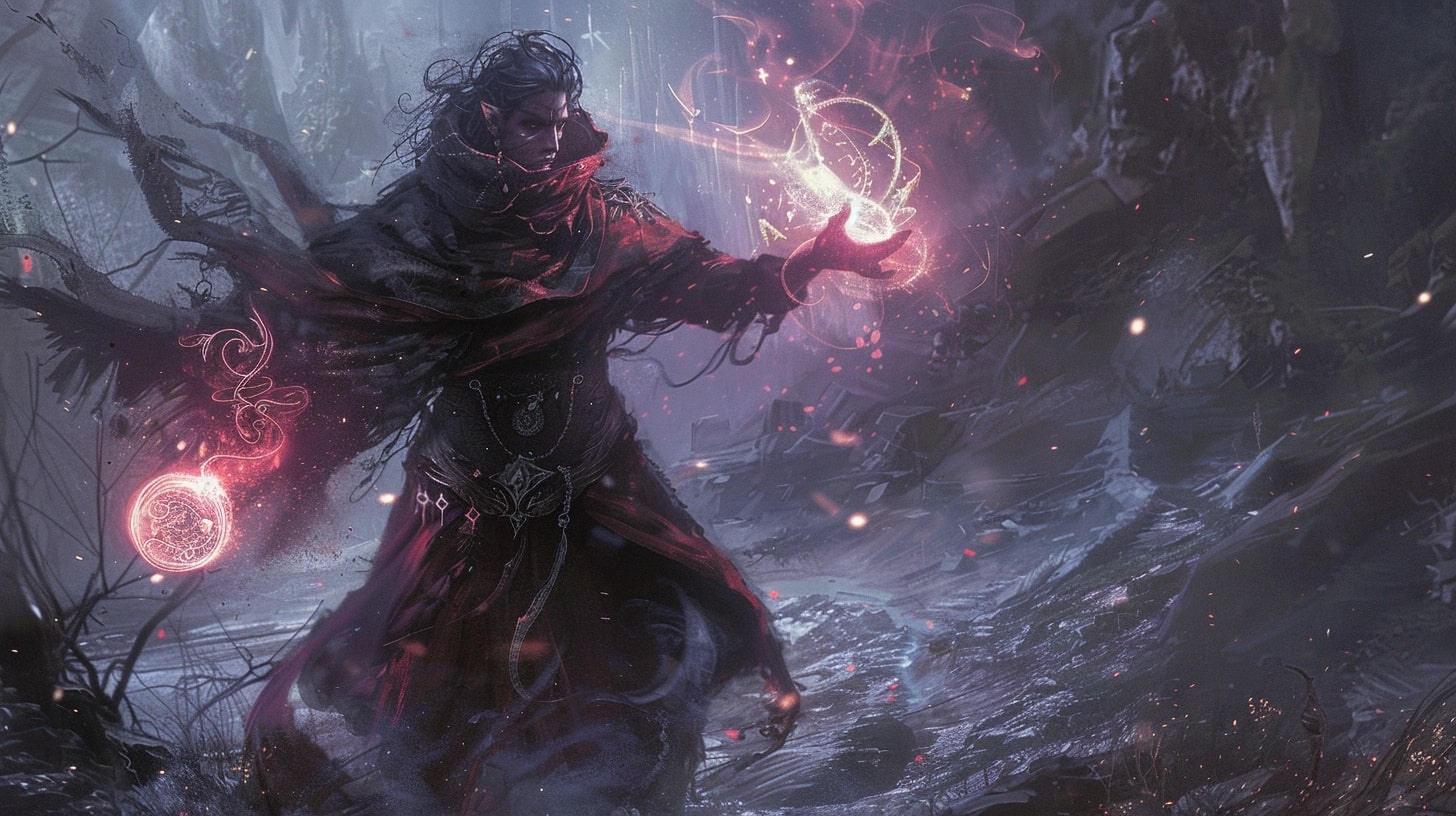
The Power of Mundane Connections
Let me tell you about how a barista saved my story. I had this powerful mage character who felt flat until I gave her a regular coffee shop she visited. The barista there – let's call him Mike – always spelled her name wrong, but made her drink perfectly. This tiny relationship revealed more about her character than pages of backstory.
Why? Because it showed:
- How she handles minor annoyances
- What small comforts matter to her
- How she treats people who aren't important to her quest
- What routines ground her in normal life
World Walker Tip
From community member CoffeeAndQuests: "Give your characters at least one relationship that has nothing to do with the plot. It's like seasoning – you don't notice it when it's there, but you really notice when it's missing."
The Relationship Map Exercise
Time to get visual. Draw your character's relationship map:
- Put your character in the center
- Draw five circles around them for the Five People categories
- Now add:
- Daily contacts (the baker, the mail carrier, the annoying neighbor)
- Professional connections (boss, colleagues, competitors)
- Community links (religious leaders, local merchants, fellow hobbyists)
- Family (both blood and chosen)
- Past relationships that still impact them
Reality Check Box
If you can fit all your character's meaningful relationships on one page, dig deeper. Real people's relationship webs are messy, complicated, and full of loose ends.
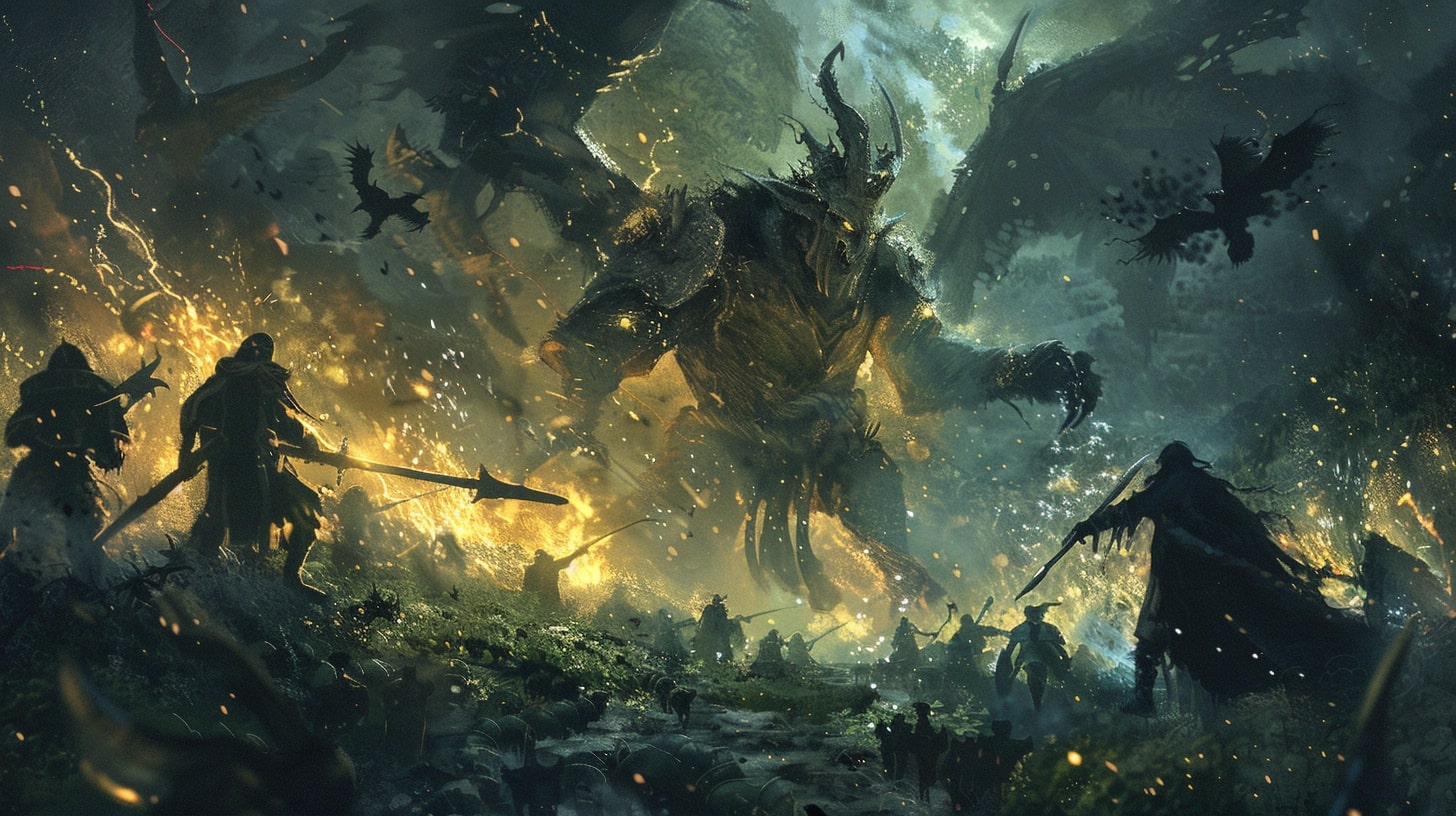
Creating Natural Conflicts
Here's where relationship webs get juicy, they create conflicts without any plot required. Think about it:
- The person they protect might hate the person they admire
- Their mentor might disapprove of their friend group
- Their favorite baker might be feuding with their best friend's restaurant
These aren't earth-shattering conflicts, but they force characters to navigate competing loyalties and obligations. You know, like real people do.
Quick Exercise
List three conflicts in your character's life that:
- Don't involve the main plot
- Have no clear right answer
- Force them to disappoint someone they care about
- Can't be solved with their special abilities
The Relationship Growth Chart
Characters, like real people, change based on their relationships. Track how your character's relationships evolve:
- Starting Point
- Initial dynamics
- First impressions
- Early patterns
- Turning Points
- Small moments that changed things
- Gradual revelations
- Trust built or broken
- Current State
- Evolved dynamics
- Unspoken understandings
- Comfortable patterns
Door Opener Prompt
Pick a minor relationship in your character's life. Write about how it's changed over time, focusing on tiny moments rather than big events.

Why This Really Matters
Character depth comes from relationships. Not just the big, dramatic ones, but the small, everyday connections that make up a life. When you find yourself stuck with a character, don't add more traits or powers. Add more relationships.
Because at the end of the day, we're all shaped by our connections to others – even the ones we're trying to avoid.
Next up, we'll talk about The Power of Small Details, or why your character's sock drawer might be more interesting than their secret powers. But first, leave a comment telling me about the most mundane but important relationship in your character's life. You know, that person who would never appear in the highlight reel but somehow makes everything feel more real.
The Power of Small Details: Why Quirks Matter More Than Epic Powers
Let me tell you about my friend's dog. This weird little creature has a bizarre ritual where she spins exactly three times before drinking water. Not two times, not four – exactly three. And you know what? I remember more about that dog than I do about most characters I've read in books lately.
That's the power of small details. They stick with us in a way that epic powers and dramatic backstories just don't.
Why Small Details Pack a Big Punch
Here's the thing about character details – the smaller and more specific they are, the more real they feel. Anyone can write "she was nervous." But "she kept rearranging her coffee cups so all the handles pointed east" tells us something specific about who this person is.
Reality Check Box
If you can swap your character's quirks with another character's without changing anything else about them, those aren't really character traits – they're decorations.
The Habit-Building Workshop
Let's get practical. Great character habits and quirks need to come from somewhere. Here's how to build them:
- Start with Environment
- What daily irritations do they face?
- What problems do they solve regularly?
- What resources do they interact with?
- What cultural practices shape them?
- Add Personality
- How do they handle stress?
- What makes them comfortable?
- What do they notice first?
- What do they value?
- Mix in History
- What have they learned the hard way?
- Who influenced their habits?
- What mistakes do they avoid repeating?
- What comforts remind them of home?
Door Opener Prompt
Pick one everyday object your character uses. Now write their complete history with that object. Not the epic stuff, the small stuff, like why they always put it in the same spot or what annoys them about it.

Building Backwards from Details
Here's my favorite character development trick: start with a tiny detail and work backwards to discover who your character is. Let me show you:
Small Detail: "She labels her leftovers with their emotional value instead of contents or dates."
Working Backwards:
- Why emotional labels? → Past experience with comfort eating
- Why label at all? → Lives with others but guards her food
- Why leftovers specifically? → Probably cooks to process feelings
- Why share space but guard food? → Trust issues around resources
See how one weird little habit just told us a ton about who this person is?
World Walker Tip
From community member QuirkHunter: "I keep a 'weird things I notice' journal. When I see someone do something specific and unique, I write it down. Best character detail resource ever."
The Memory Hook Method
Want to make a character memorable? Give them something specific that hooks into readers' own experiences. We all know someone who:
- Has to do things in even numbers
- Sorts their books by color instead of author
- Won't let different foods touch on their plate
- Has a "lucky" item they won't explain
These details work because they feel real, we've seen them in actual people.
Quick Exercise
List three quirks that:
- You've observed in real people
- Make logical sense for your character
- Connect to their environment or background
- Reveal something about their personality
Reality Check Box
If you can't explain why your character has a particular quirk without referencing "it makes them interesting," try again. Real quirks have real reasons.
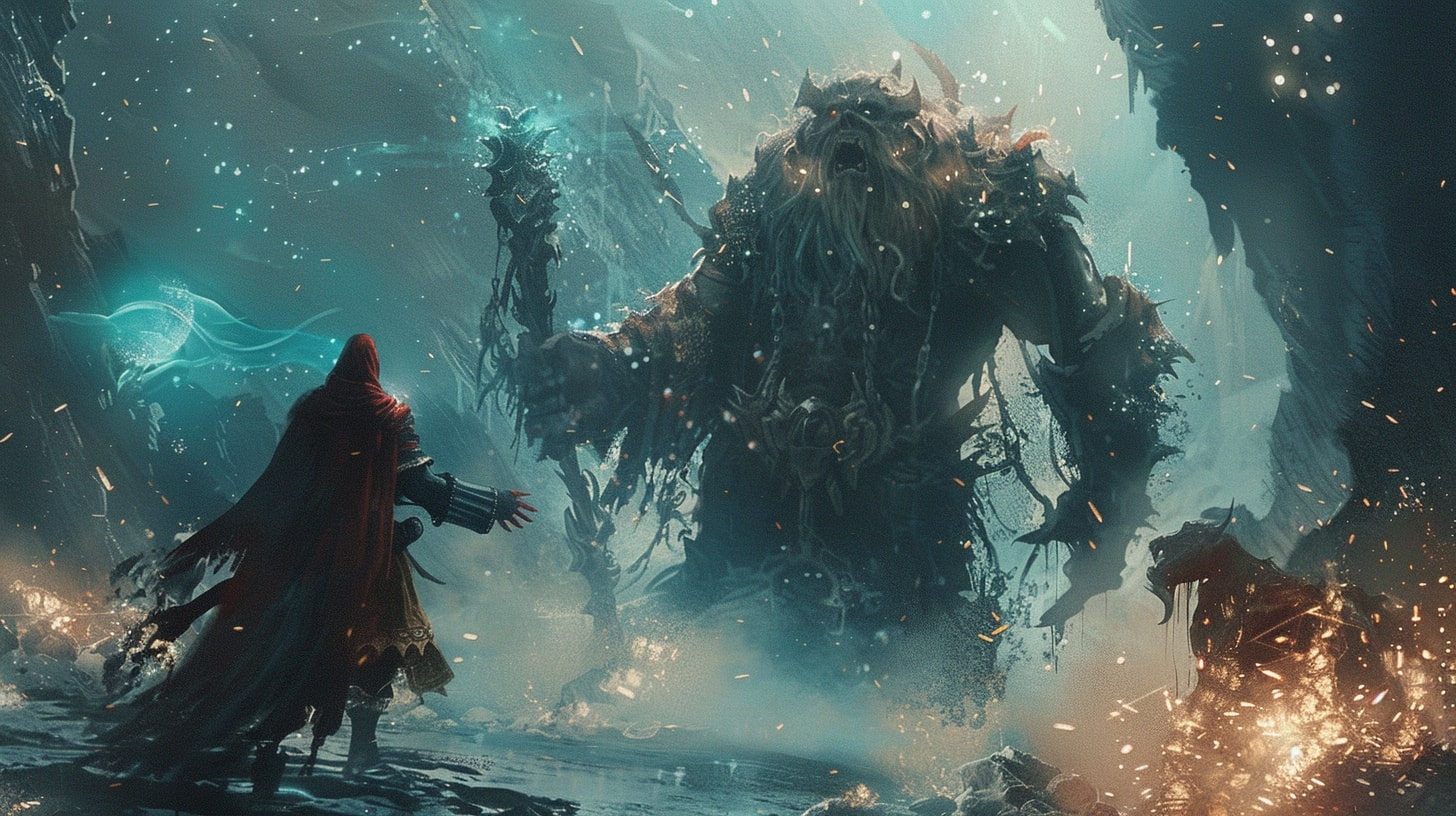
The Detail Development System
Here's my three-step process for creating meaningful character details:
- Observation
- What do they notice first in a room?
- What bothers them that others ignore?
- What comforts do they seek out?
- What do they avoid?
- Reaction
- How do they handle disruption?
- What calms them down?
- What habits emerge under stress?
- What patterns do they create?
- Evolution
- How have their habits changed?
- What have they learned to do differently?
- What old habits persist?
- What new ones are forming?
Door Opener Prompt
Write about how your character's organization system (for anything – clothes, books, magic components) has evolved over time. What works for them now that didn't used to?
Making Details Matter
The real magic happens when these small details connect to bigger themes. Remember that character who labels leftovers with emotions? What happens when she has to share a kitchen with someone who throws out anything unlabeled with a date? Instant conflict, no villains required.
Examples of Details That Work:
- The warrior who organizes their weapons by who gave them, not type
- The mage who stress-bakes but only follows recipes backwards
- The thief who can't sleep unless all their locks are locked an even number of times
- The healer who sorts their herbs by how they smell, not effect
Reality Check Box
A good character detail should create both opportunities and problems. If it only ever helps or only ever hurts, dig deeper.
The Final Test: The Memory Game
Here's a test I use for character details – the Memory Game. Tell someone about your character, then ask them a day later what they remember. If they remember the epic backstory but none of the small details, you might need to make your details more specific and meaningful.
Because here's the truth – we don't remember Sherlock Holmes for his deductive abilities as much as we remember him for playing violin at 3 AM and keeping tobacco in a Persian slipper. We remember characters by their specifics, not their generalities.
Next up, we'll explore The Evolution Timeline, or how to make your characters grow without losing who they are. But first, share in the comments the weirdest, most specific detail about your character – the one that wouldn't make it into their epic biography but tells us exactly who they are.
The Evolution Timeline: Making Characters Grow Without Breaking Them
Let me tell you about my biggest character development disaster. I had this cautious, methodical merchant character who, halfway through my story, suddenly turned into a risk-taking adventurer. Why? Because the plot needed it. Even worse? I thought this was "character development."
Narrator voice: It wasn't.
Why Static Characters Kill Great Stories
Here's the truth about people – we all change. But we don't change randomly, and we definitely don't change overnight (unless something truly traumatic happens, but that's a different discussion). Real change is more like water wearing away rock – constant small impacts creating permanent alterations.
Reality Check Box
If your character's personality does a 180° turn after one event, you haven't written character development – you've written character replacement.
The Pressure Point Method
Instead of thinking about character development as a linear progression, think about it as a pressure system. Here's how it works:
- Identify Pressure Points
- Daily frustrations
- Ongoing challenges
- Repeated choices
- Continuous influences
- Track Responses
- Initial reactions
- Coping mechanisms
- Adaptation attempts
- Learning patterns
- Map Changes
- Small adjustments
- Habit formations
- Perspective shifts
- New normals
Door Opener Prompt
List three ongoing pressures in your character's life that aren't related to the main plot. How are these slowly changing them?

The Evolution Map Exercise
Time to map out your character's natural growth. We're looking for gradual change, not sudden transformation.
Start with:
- Core Traits
- What defines them?
- What won't change?
- What could change?
- What should change?
- Growth Catalysts
- Regular challenges
- Consistent influences
- Repeated experiences
- Ongoing relationships
- Change Indicators
- Shifting habits
- Evolving reactions
- Developing skills
- Changing perspectives
World Walker Tip
From community member TimeWeaver: "I track my character's evolution by keeping a 'phrase book' – how they'd respond to the same situation at different points in their development."
The Three-Layer Timeline
Here's how to track character evolution that feels natural:
Layer 1: External Changes
- What's happening around them?
- What pressures are they facing?
- What opportunities appear?
- What limitations emerge?
Layer 2: Internal Responses
- How do they initially react?
- What adjustments do they make?
- What lessons do they learn?
- What habits develop?
Layer 3: Integration
- How do changes stick?
- What reverts back?
- What combines with old traits?
- What replaces old patterns?
Reality Check Box
If you can't explain how your character got from Point A to Point B in at least three steps, you might have skipped some important development.
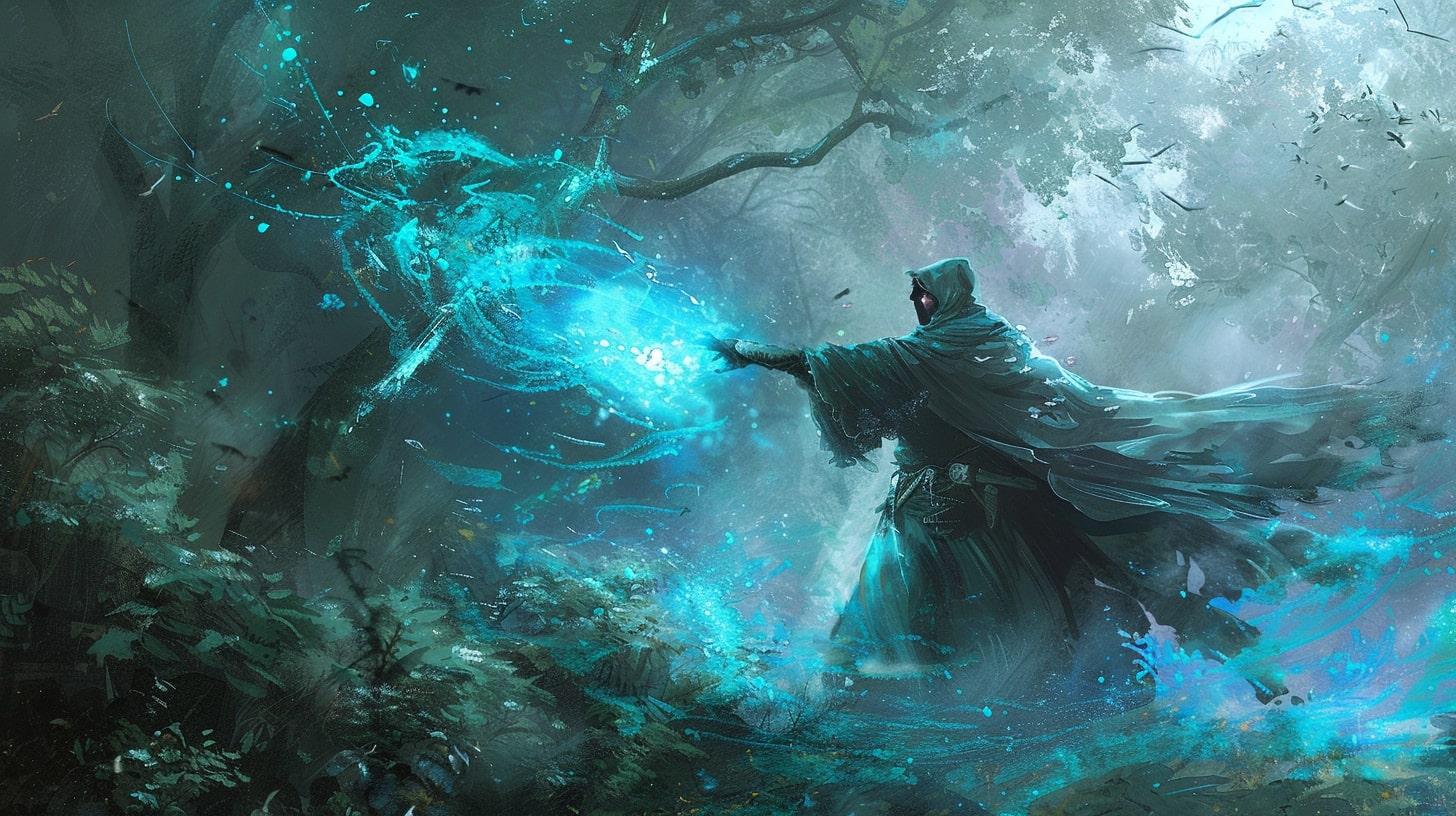
The Growth Authenticity Test
Want to check if your character's evolution feels real? Run it through these filters:
- The Cost Test
- What do they lose as they change?
- What comforts do they give up?
- What relationships are affected?
- What new problems emerge?
- The Consistency Test
- Does their core remain stable?
- Do changes follow logically?
- Are new traits earned?
- Do old patterns resurface?
- The Context Test
- Do changes make sense in their world?
- Are developments supported by events?
- Do relationships reflect growth?
- Does their environment allow change?
Door Opener Prompt
Pick a major change in your character. Now list everything they had to give up or lose to make that change possible.
The "Two Steps Forward, One Step Back" Rule
Here's something crucial about character growth – it's never smooth. Real development looks more like:
- Progress in one area, regression in another
- Old habits resuracing under stress
- New skills creating new problems
- Growth creating relationship tensions
Quick Exercise
For your character's latest growth point, show:
- What improved
- What got worse
- What stayed stubbornly the same
- What changed in an unexpected way
Making Growth Matter
The best character development doesn't just change who they are – it changes how they interact with everything around them. When your scholar finally learns to stand up for themselves, it should affect:
- How their friends treat them
- What new problems they face
- Which old problems disappear
- What new opportunities arise
- What comforts they lose
- What relationships shift
World Walker Tip
From community member GrowthGuide: "Every time my character grows, I make sure they lose access to at least one coping mechanism they used to rely on. Real growth often means giving up what used to work."

The Evolution Speed Check
Different traits change at different speeds:
- Fast Change (Days to Weeks)
- Surface habits
- Immediate reactions
- Conscious choices
- Medium Change (Months to Years)
- Ingrained habits
- Emotional responses
- Skill development
- Slow Change (Years+)
- Core values
- Deep-seated fears
- Fundamental beliefs
Reality Check Box
If your character changes a deep-seated trait in less time than it takes to learn a new hobby, you might want to slow things down.
Why This Really Matters
Look, static characters are boring. But characters who change randomly or too quickly aren't characters at all, they're plot devices wearing nametags.
Real character evolution should feel both inevitable and surprising, like looking at old photos of yourself and thinking "I'm so different now" and "I was always like this" at the same time.
Next up is our conclusion, where we'll tie all these elements together. But first, tell me in the comments about a time your character surprised you by changing in a way you didn't plan, but that made perfect sense once it happened. Those are often the best developments – the ones that feel like discoveries rather than decisions.
Bringing It All Together: Your Character Development Master Plan
Remember my vampire detective from the beginning? The one who did nothing but brood and solve crimes?
Well, after applying everything we've covered, he turned into someone who stress-bakes at 3 AM because it reminds him of his human mother, organizes his blood bags by donor's emotional state, and has a hilariously complex relationship with the witch who runs the 24-hour grocery store where he buys his baking supplies.
And you know what? Now he feels real.
The Character Development Toolkit
Let's recap the essential tools we've covered:
- The Tuesday Test
- Map their boring days
- Define daily habits
- Establish routines
- Create mundane problems
- Reality Anchors
- Connect them to their world
- Build environmental influences
- Create cultural ties
- Develop resource relationships
- Relationship Webs
- Build meaningful connections
- Create everyday interactions
- Establish support systems
- Map relationship conflicts
- Small Details
- Develop specific quirks
- Build meaningful habits
- Create memory hooks
- Add texture to character
- Evolution Timeline
- Track natural growth
- Map pressure points
- Monitor changes
- Maintain authenticity
Reality Check Box
Your character should be able to exist without your plot. If they can't function unless they're actively participating in your story, they're not done yet.
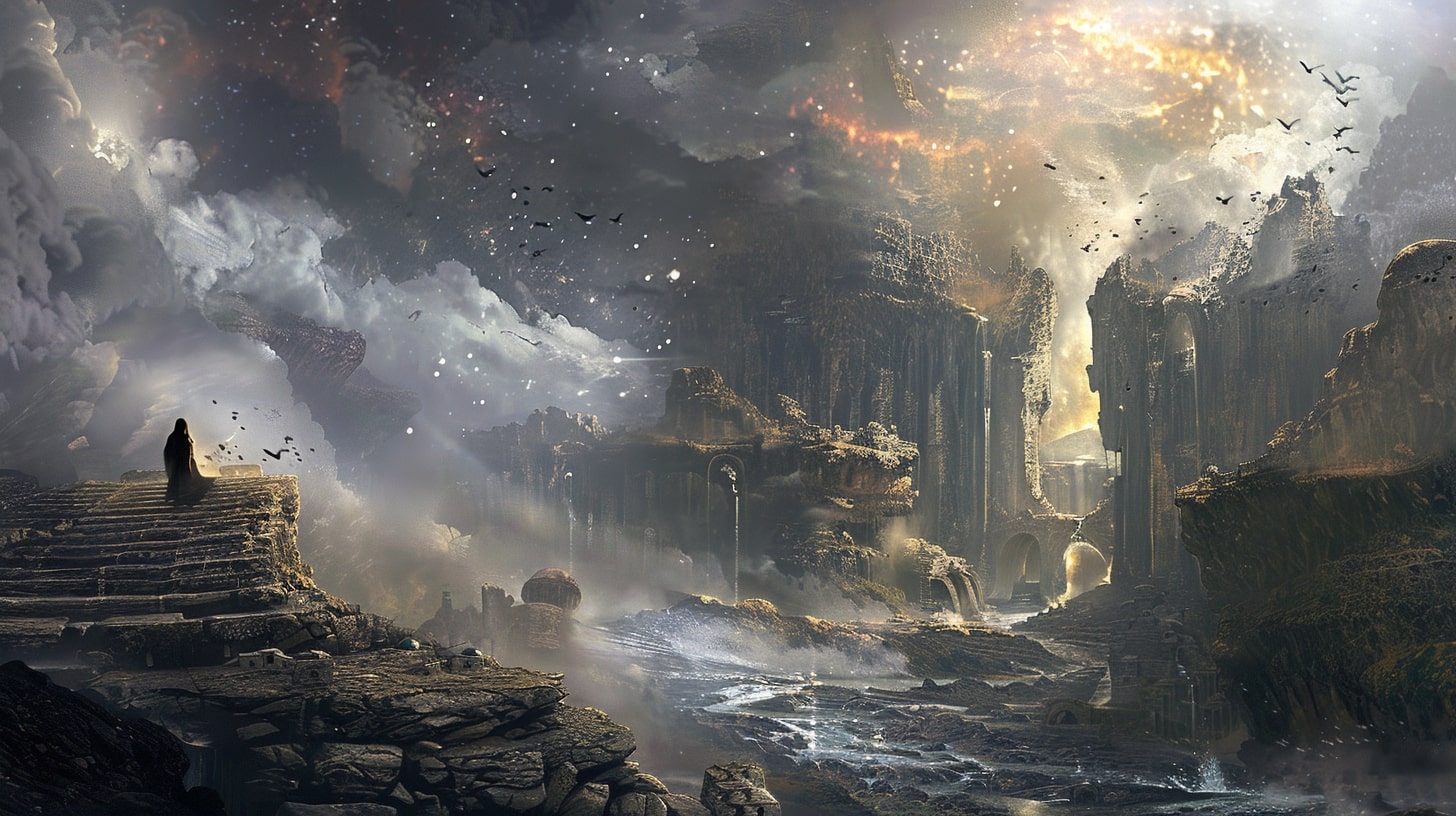
Your Character Development Action Plan
Here's your step-by-step process for bringing any character to life:
- Start with Tuesday
- Write their boring day schedule
- List their regular annoyances
- Map their comfort habits
- Define their routines
- Add Reality Anchors
- Connect them to their environment
- Build their cultural framework
- Establish resource relationships
- Create world-specific behaviors
- Weave Their Web
- Map five key relationships
- Add daily interactions
- Create minor connections
- Build relationship conflicts
- Layer in Details
- Develop specific quirks
- Add meaningful habits
- Create texture
- Build memory hooks
- Plan Their Evolution
- Identify pressure points
- Map growth patterns
- Track changes
- Maintain authenticity
Door Opener Prompt
Pick your flattest character and run them through this process. I bet you'll discover things about them you never knew.
The Integration Test
Here's how to know your character development is working:
- The Reality Test
- Can they exist without the plot?
- Do they feel connected to their world?
- Are their quirks meaningful?
- Does their growth feel natural?
- The Memory Test
- What do readers remember first?
- Which details stick?
- What makes them unique?
- What makes them real?
- The Connection Test
- Who would miss them if they moved away?
- Who depends on them?
- Who influences them?
- Who understands them?
World Walker Tip
From community member CharacterCrafter: "If you can't write a scene where your character just hangs out with friends and have it be interesting, keep developing them."
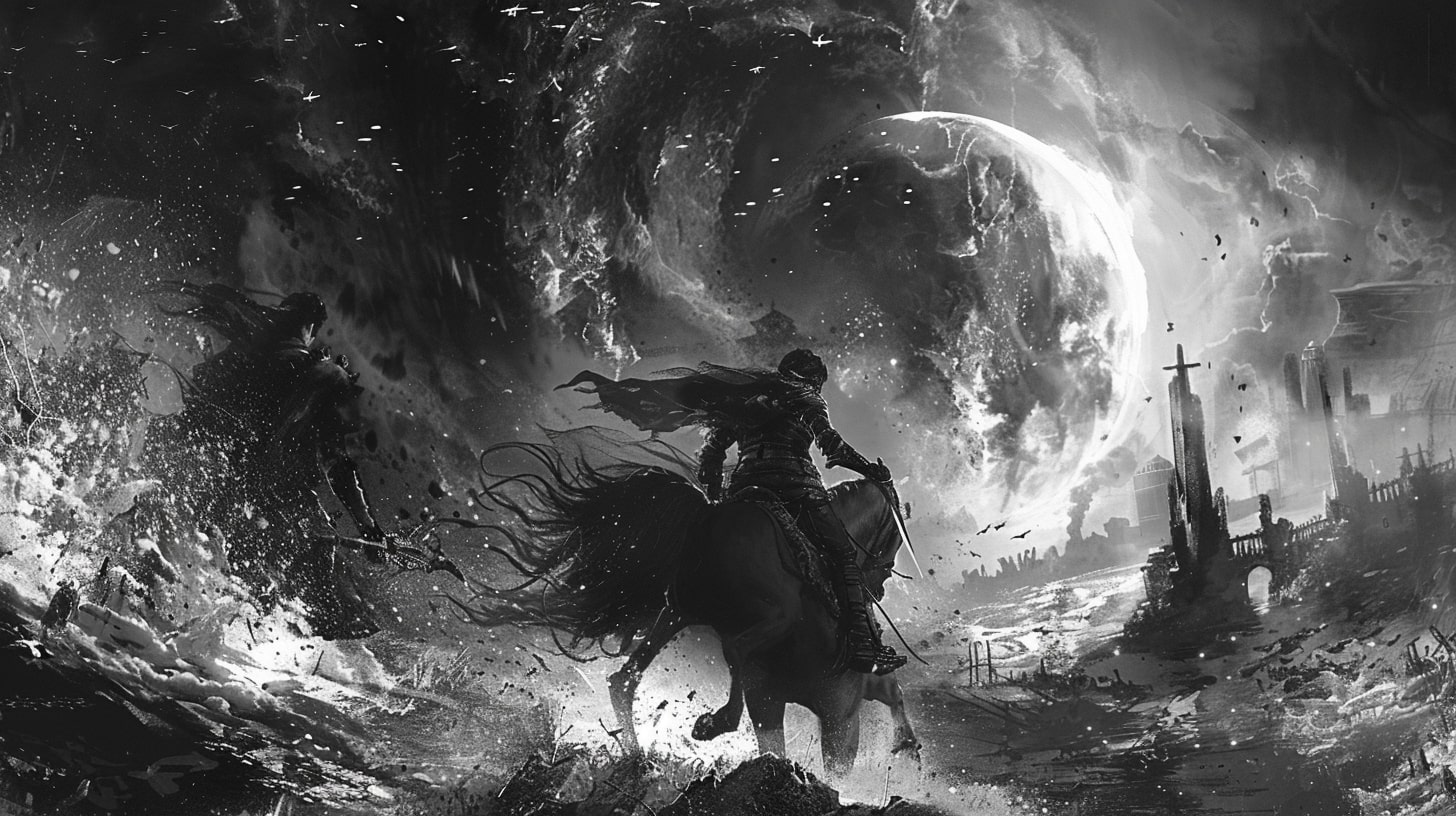
Common Pitfalls to Avoid
Watch out for:
- Quirks without meaning
- Changes without cost
- Relationships without depth
- Details without purpose
- Growth without foundation
The Final Character Check
Your character is ready when:
- Their Tuesday schedule writes itself
- Their quirks have clear origins
- Their relationships create natural conflict
- Their growth feels earned
- Their world shapes who they are
Reality Check Box
If you're struggling to write a scene, the problem often isn't the scene, it's that you don't know your characters well enough yet.
Your Next Steps
- Take your main character and:
- Write their complete Tuesday
- Map their relationship web
- List their specific quirks
- Plan their evolution
- Then do the same for your:
- Supporting characters
- Antagonists
- Minor characters
- Background characters
- Finally, watch how they:
- Interact with each other
- Create natural conflicts
- Solve everyday problems
- Grow and change
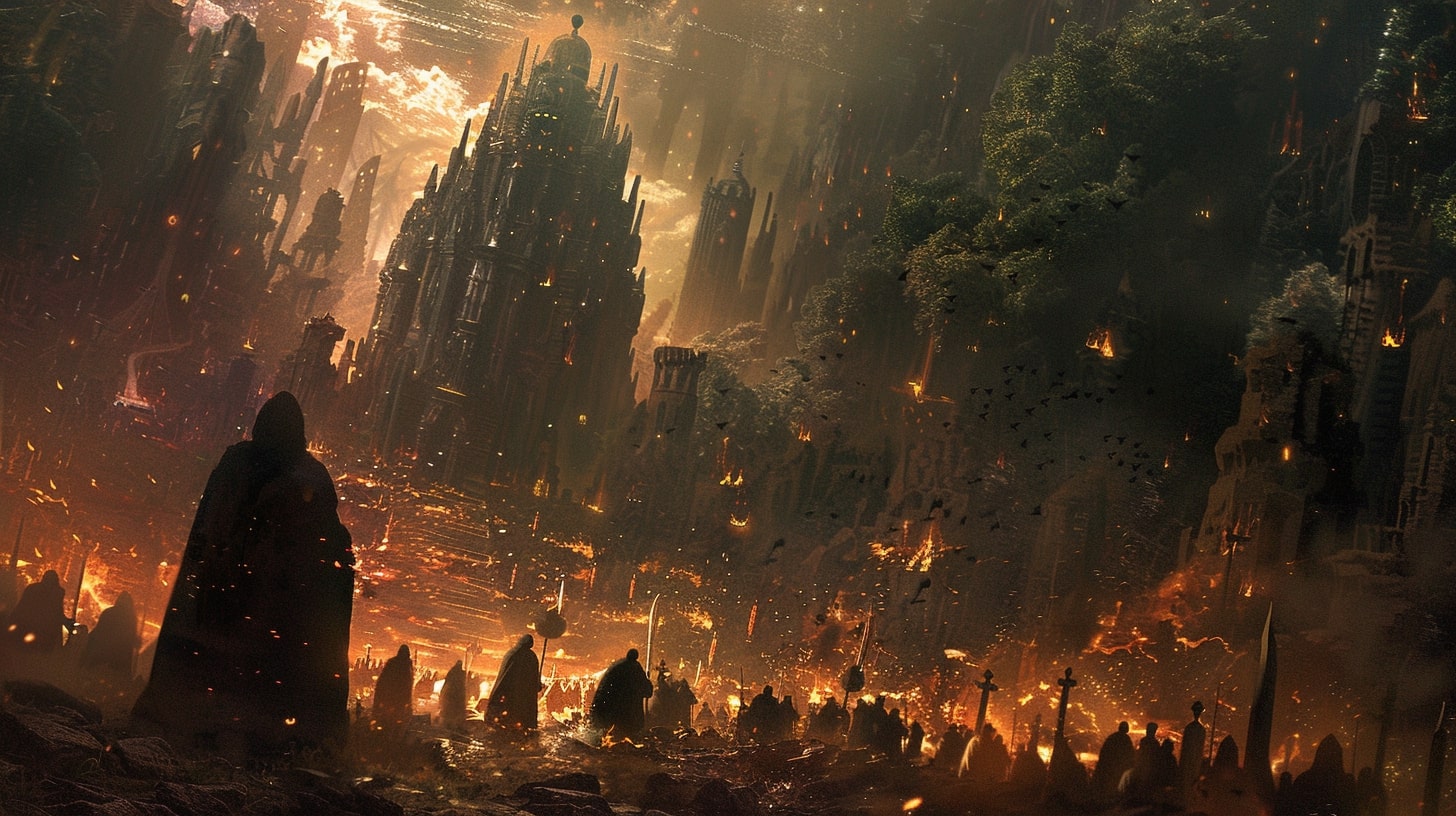
The Ultimate Character Development Truth
Great characters aren't born in the epic moments. They're built in the quiet ones, shaped by their world, defined by their relationships, revealed by their quirks, and transformed by their experiences.
Remember, you're not just creating characters – you're creating people who feel real enough that your readers will miss them when the story ends.
Your Homework
Pick one character and commit to:
- Writing their complete Tuesday
- Mapping their five key relationships
- Developing three specific, meaningful quirks
- Planning their next growth point
Share your progress in the comments below. Let's see those characters come to life.
And remember, even the most epic hero has to do laundry sometimes. Those moments matter more than you think.
Want more character development tips? Join our community for weekly workshops, character development challenges, and feedback sessions. Because great characters, like great worlds, are built together.
Now go make your characters so real that your readers will swear they've met them somewhere before.

